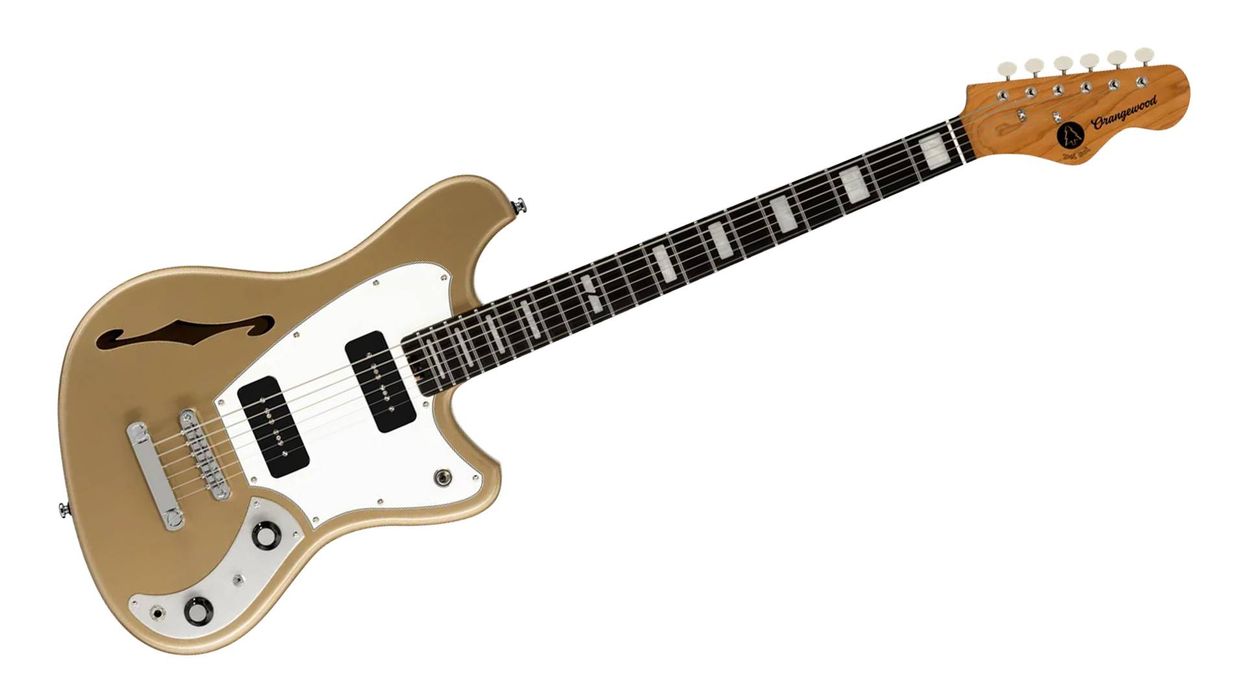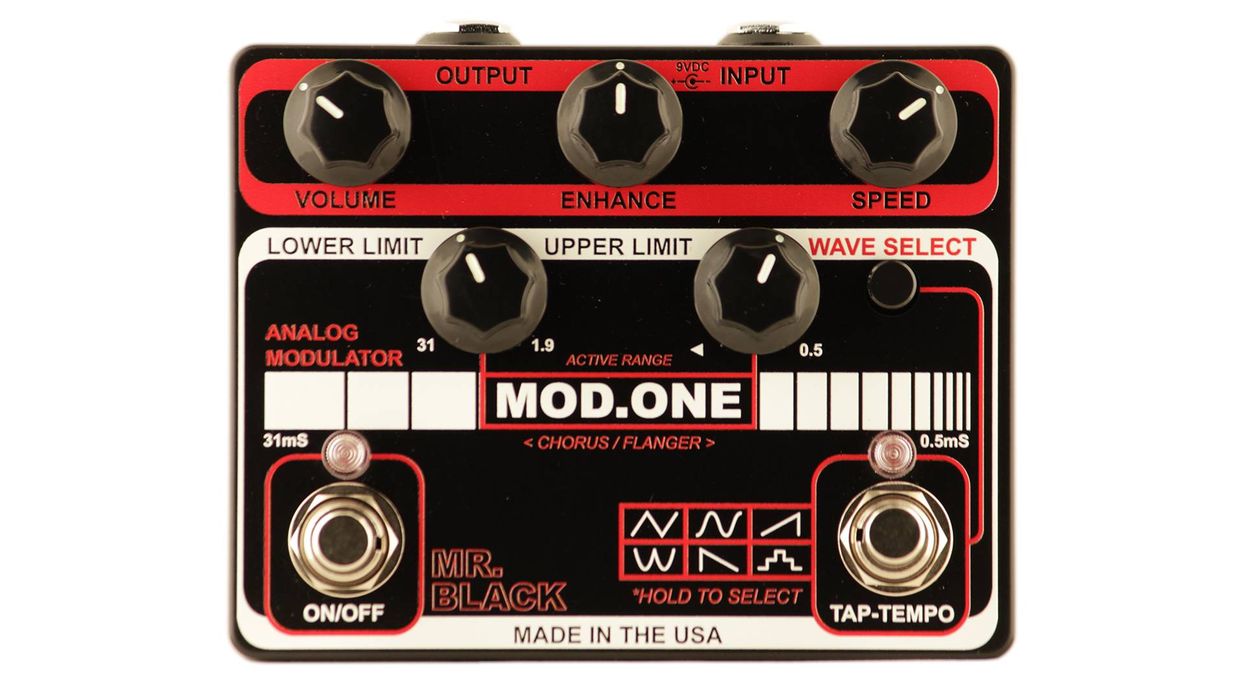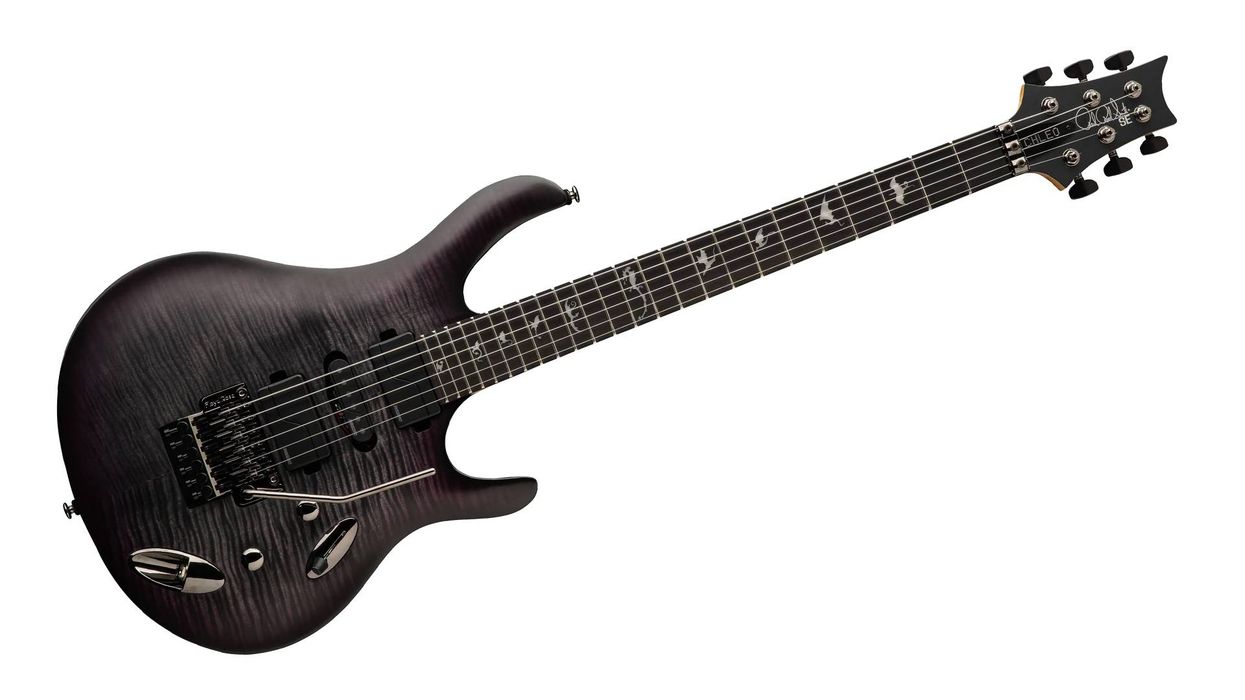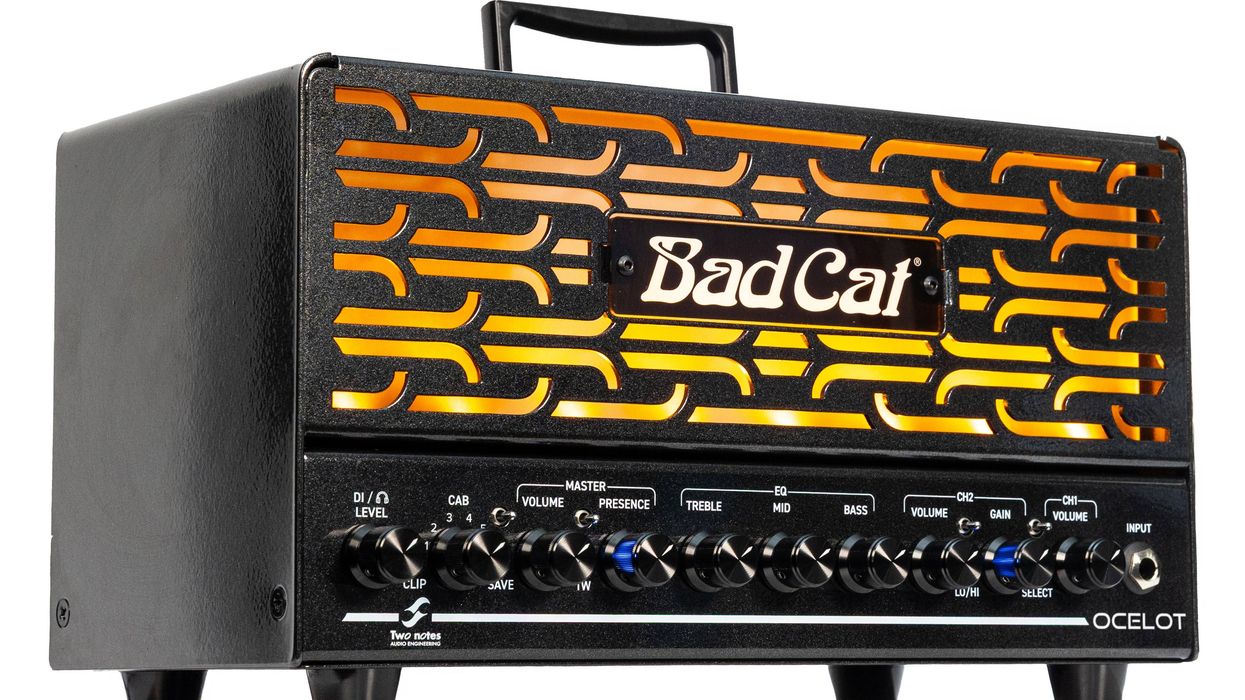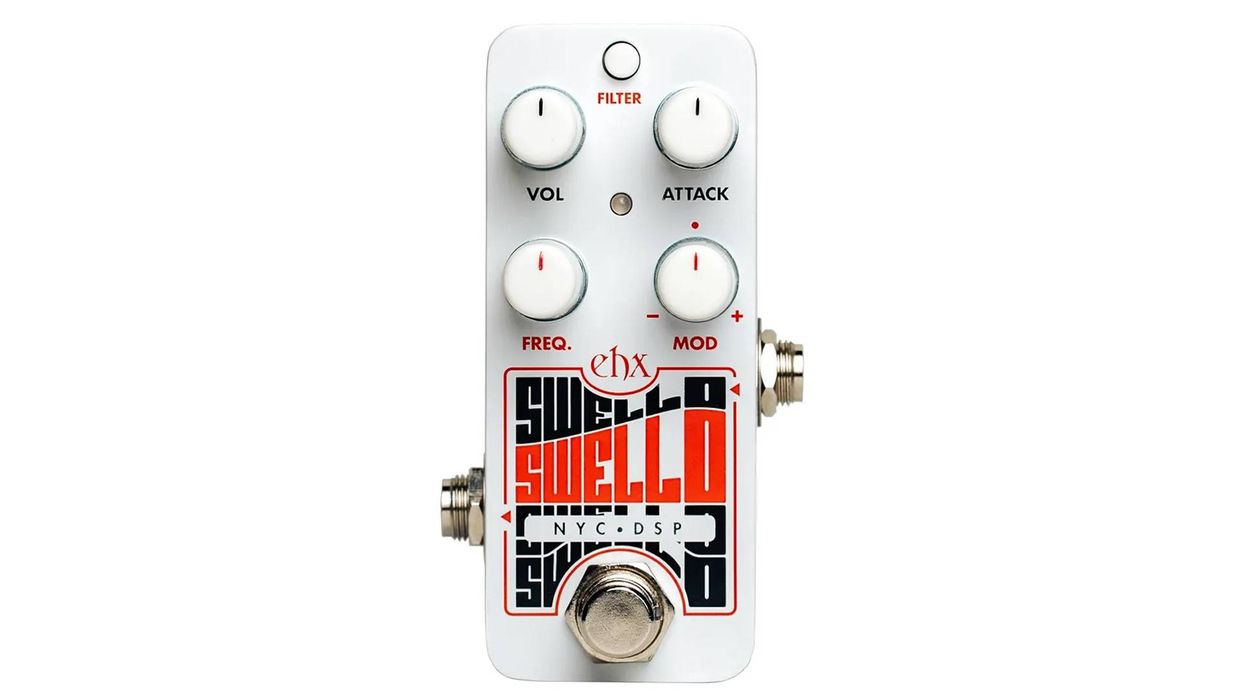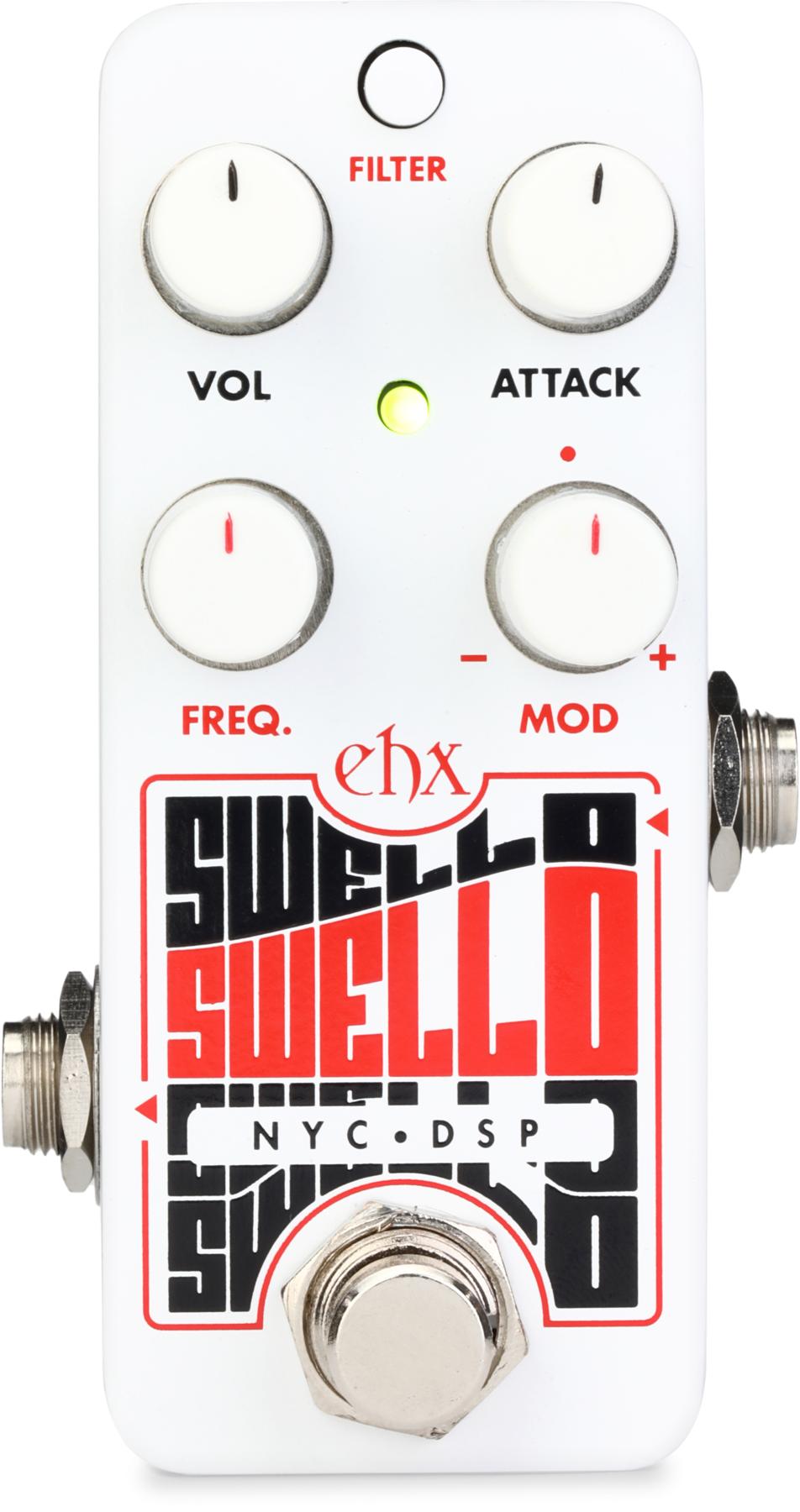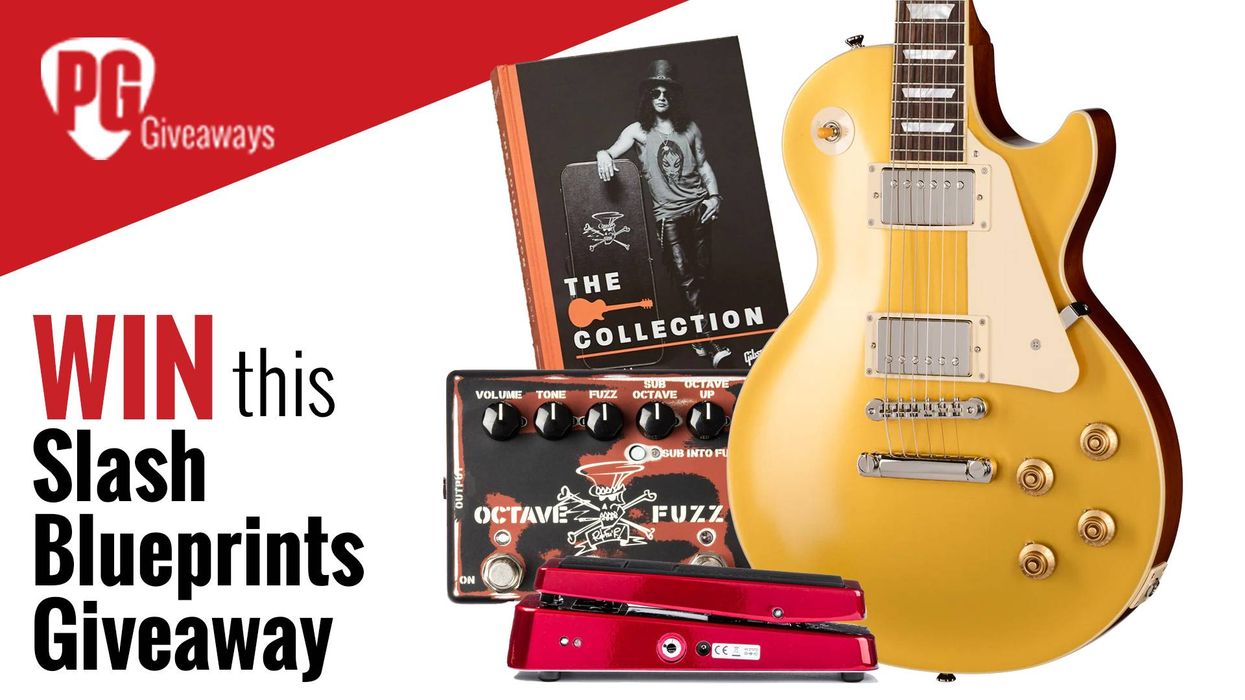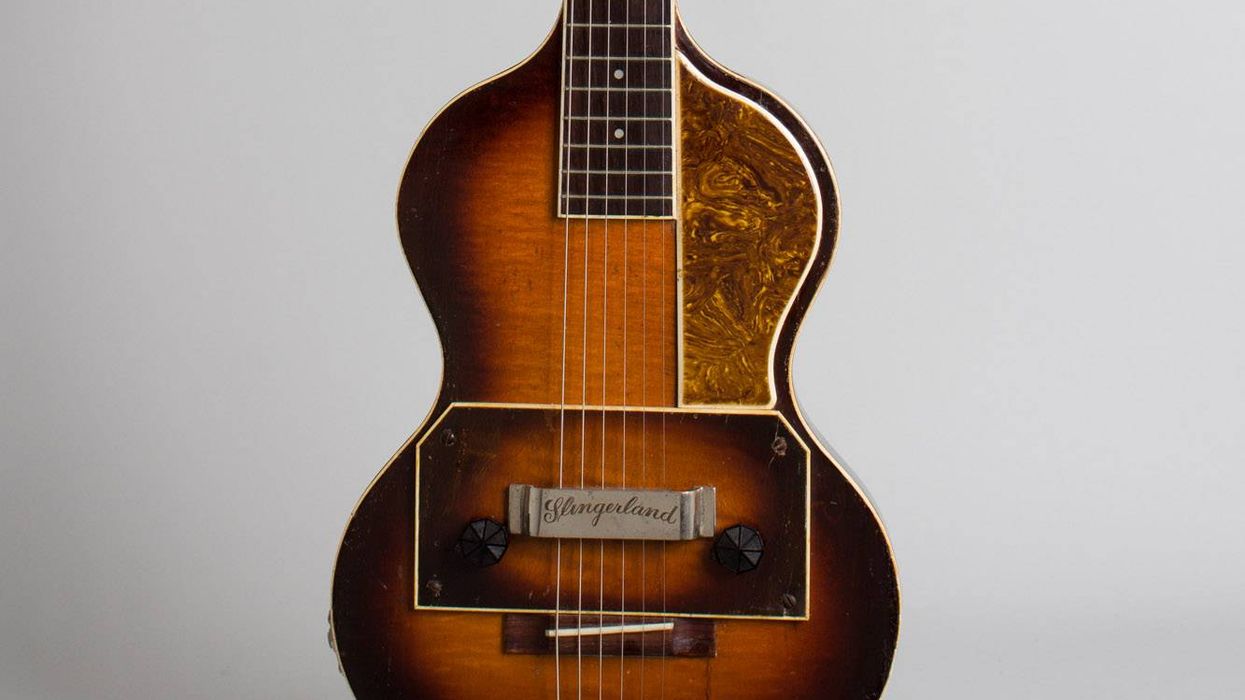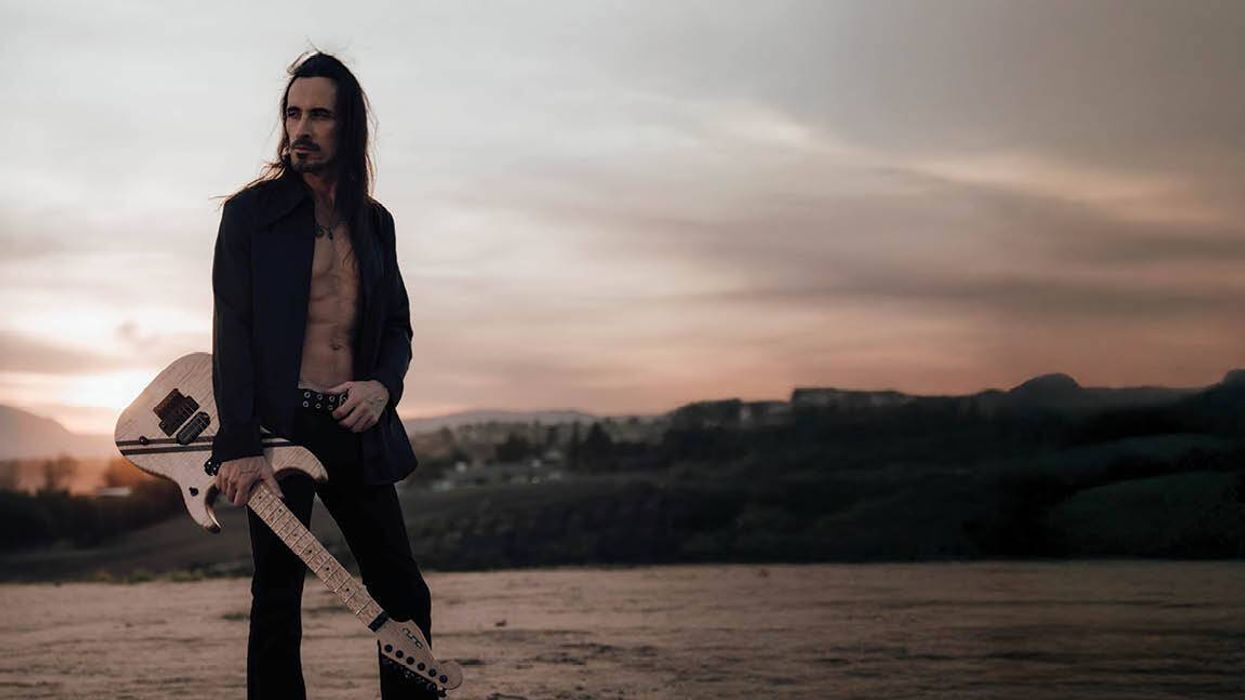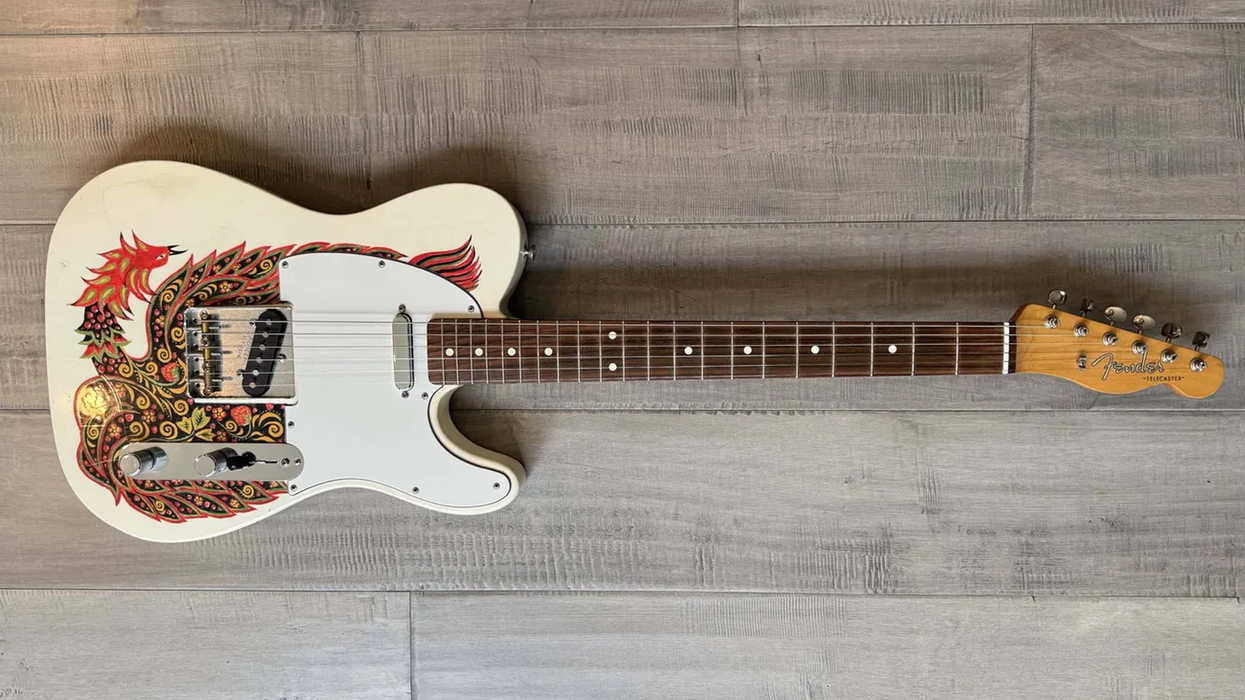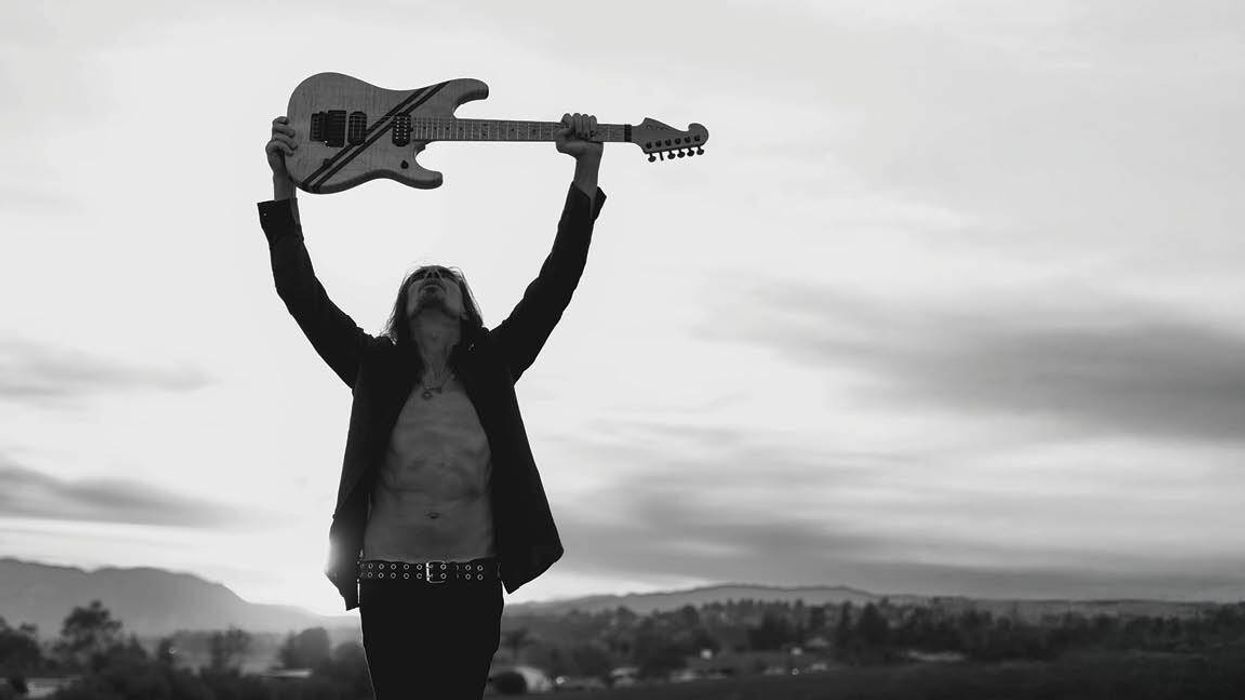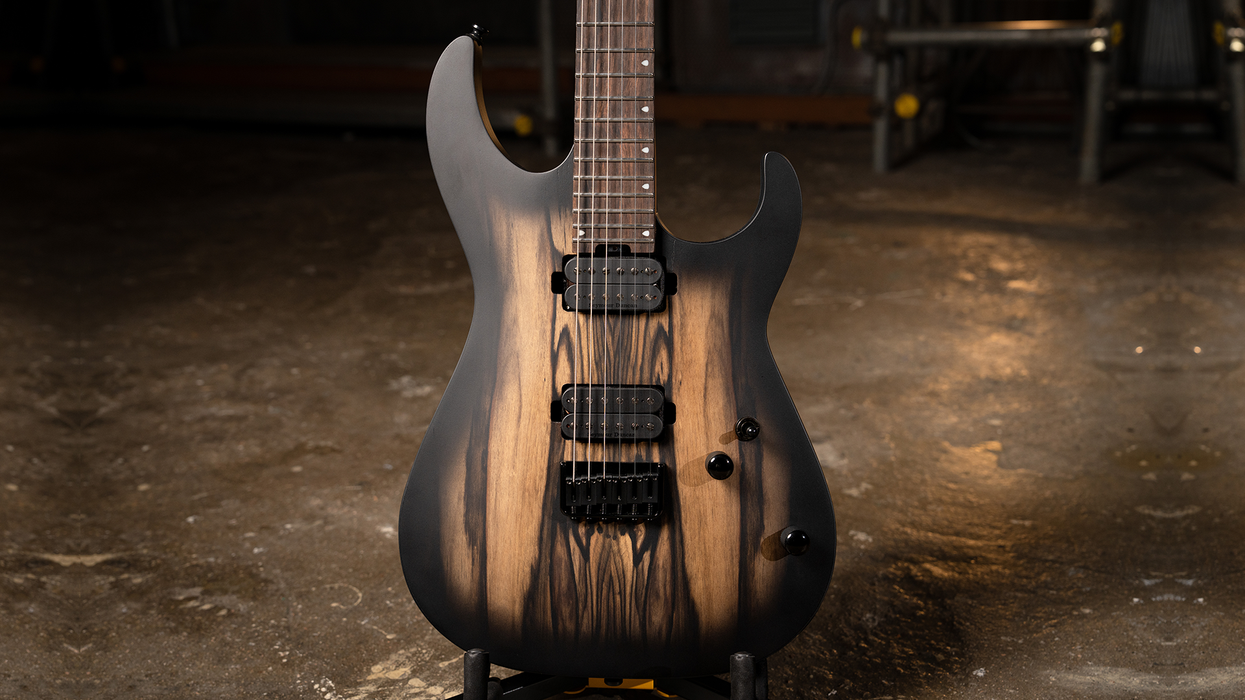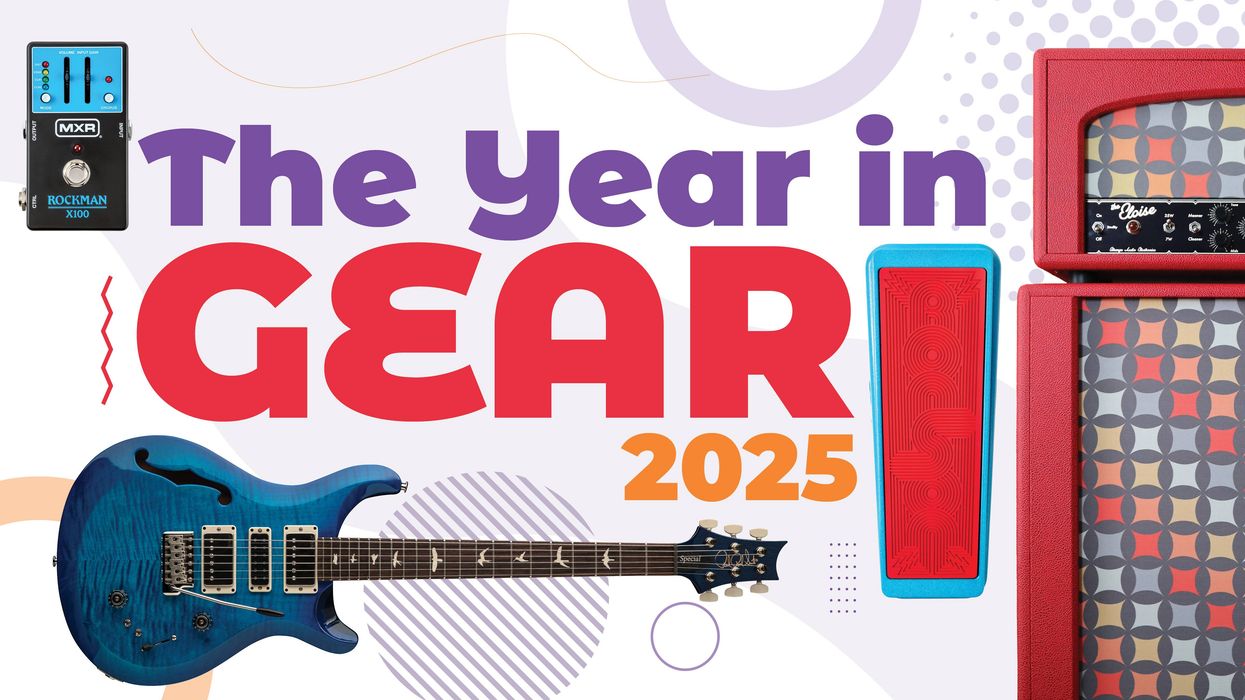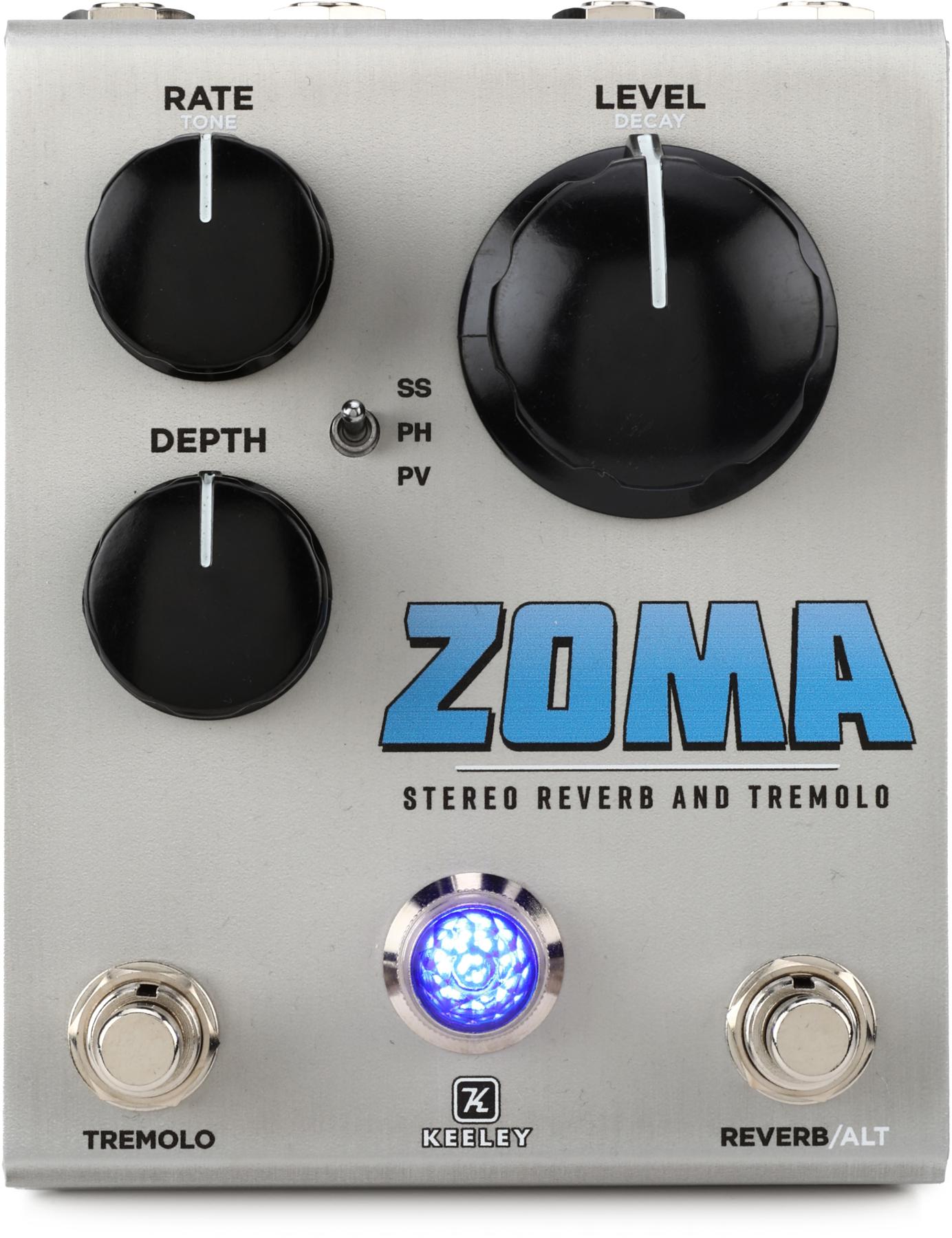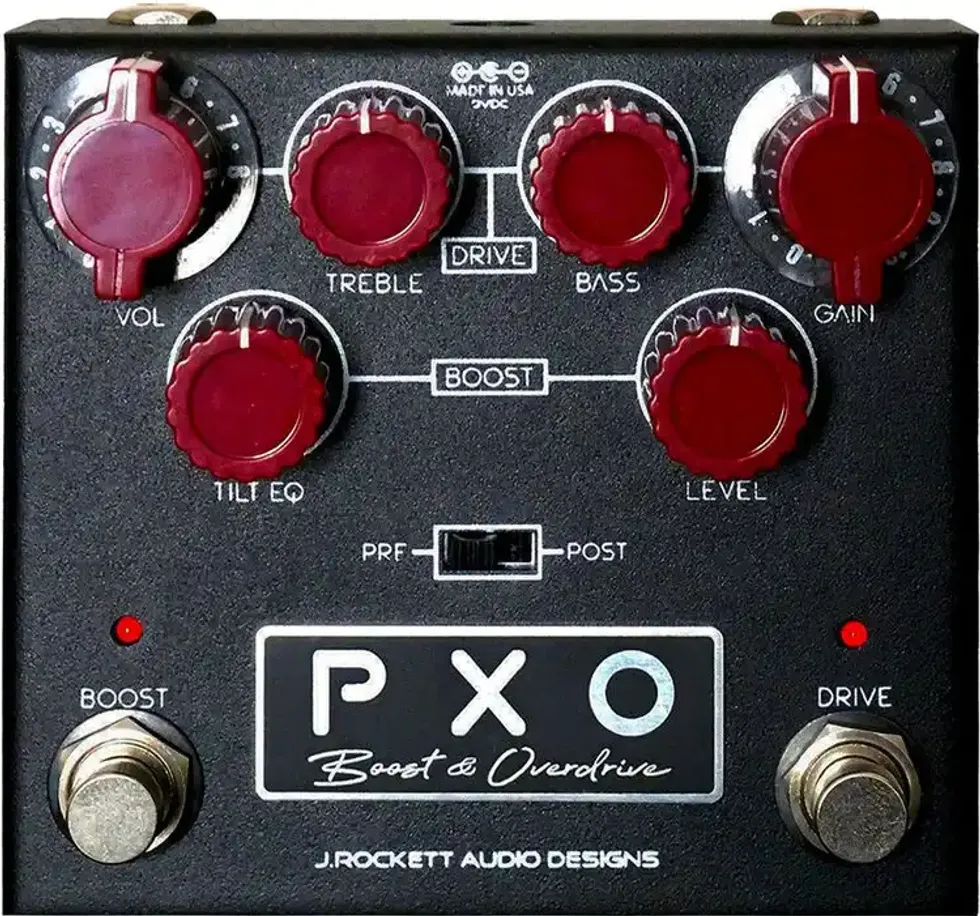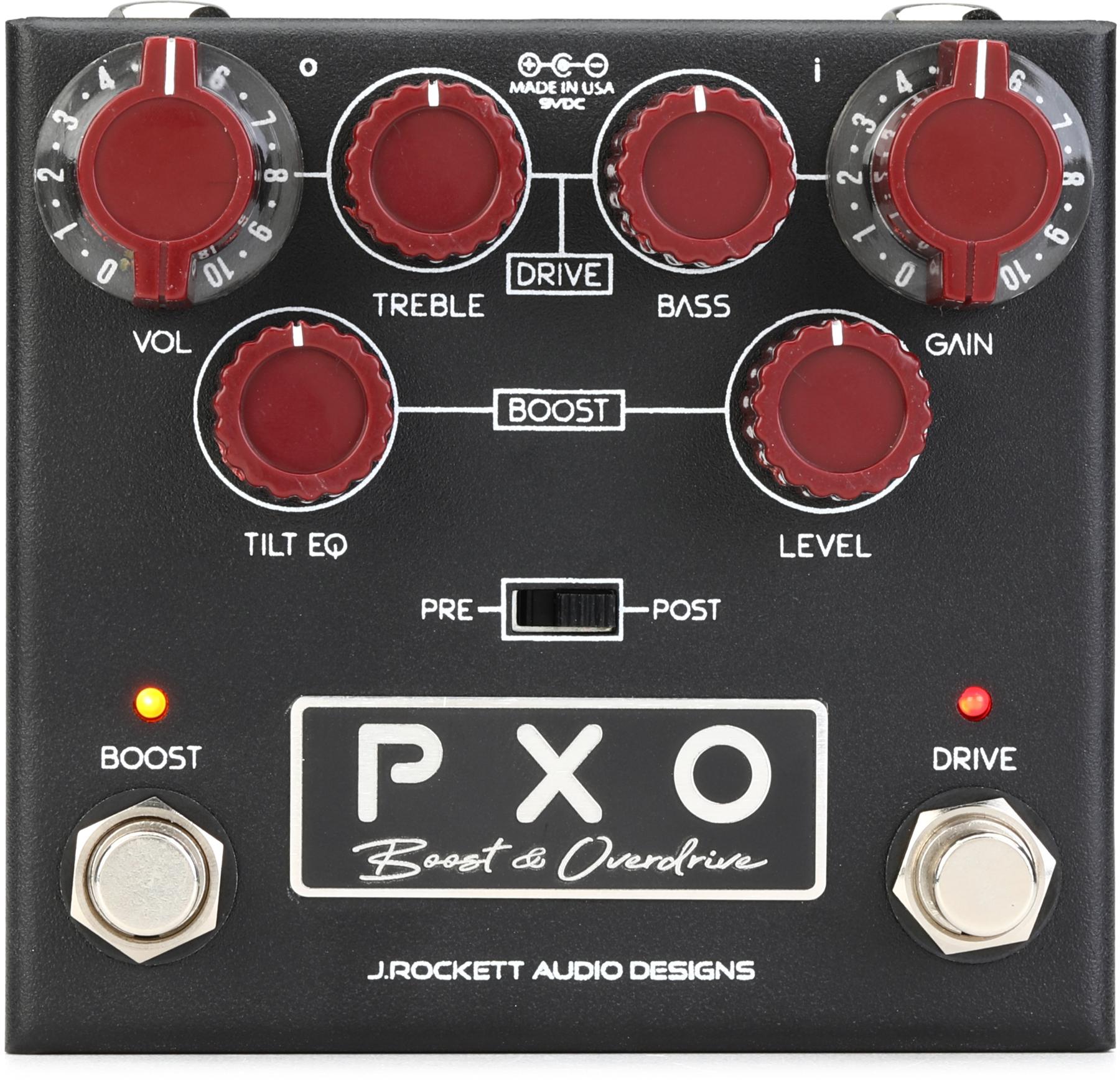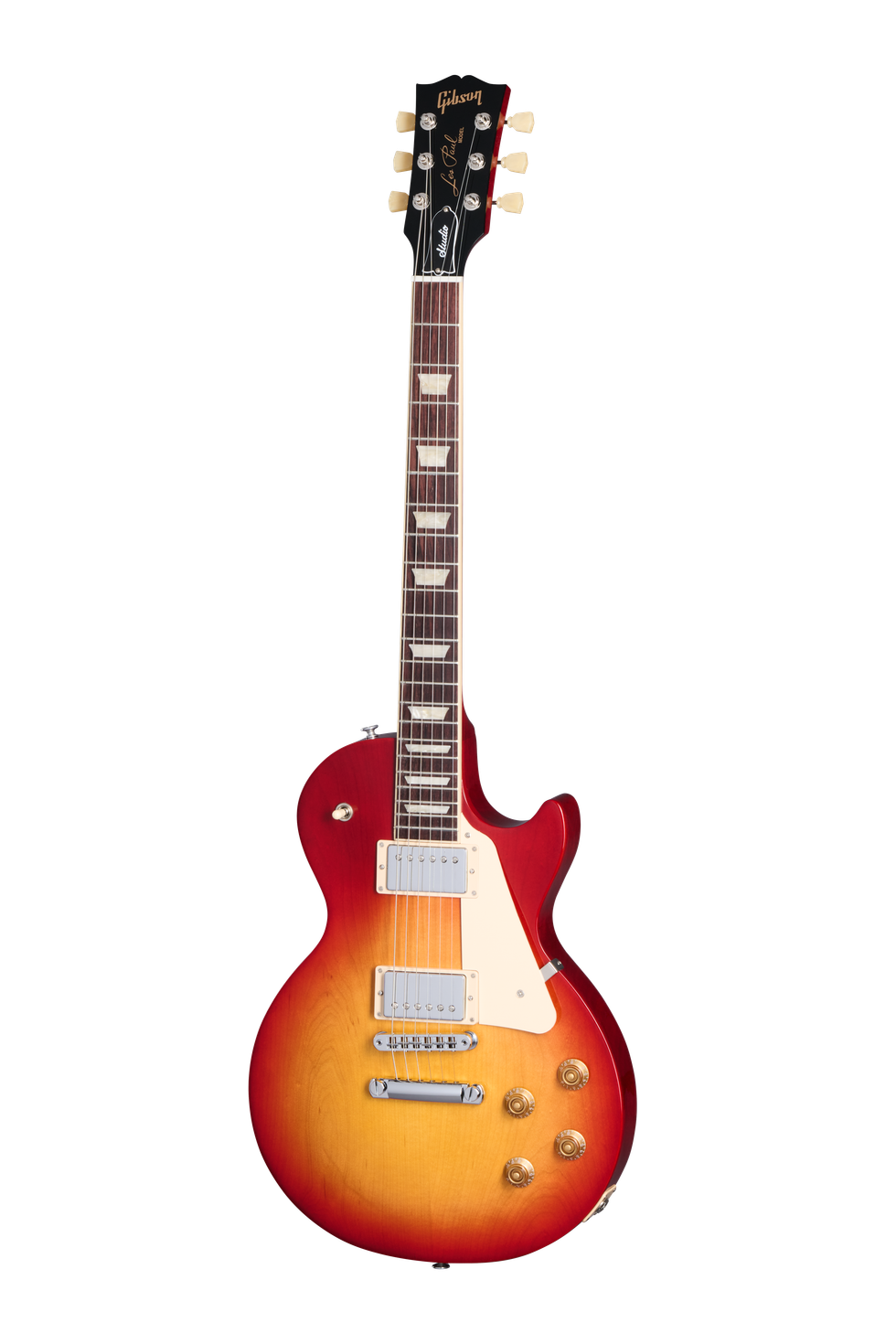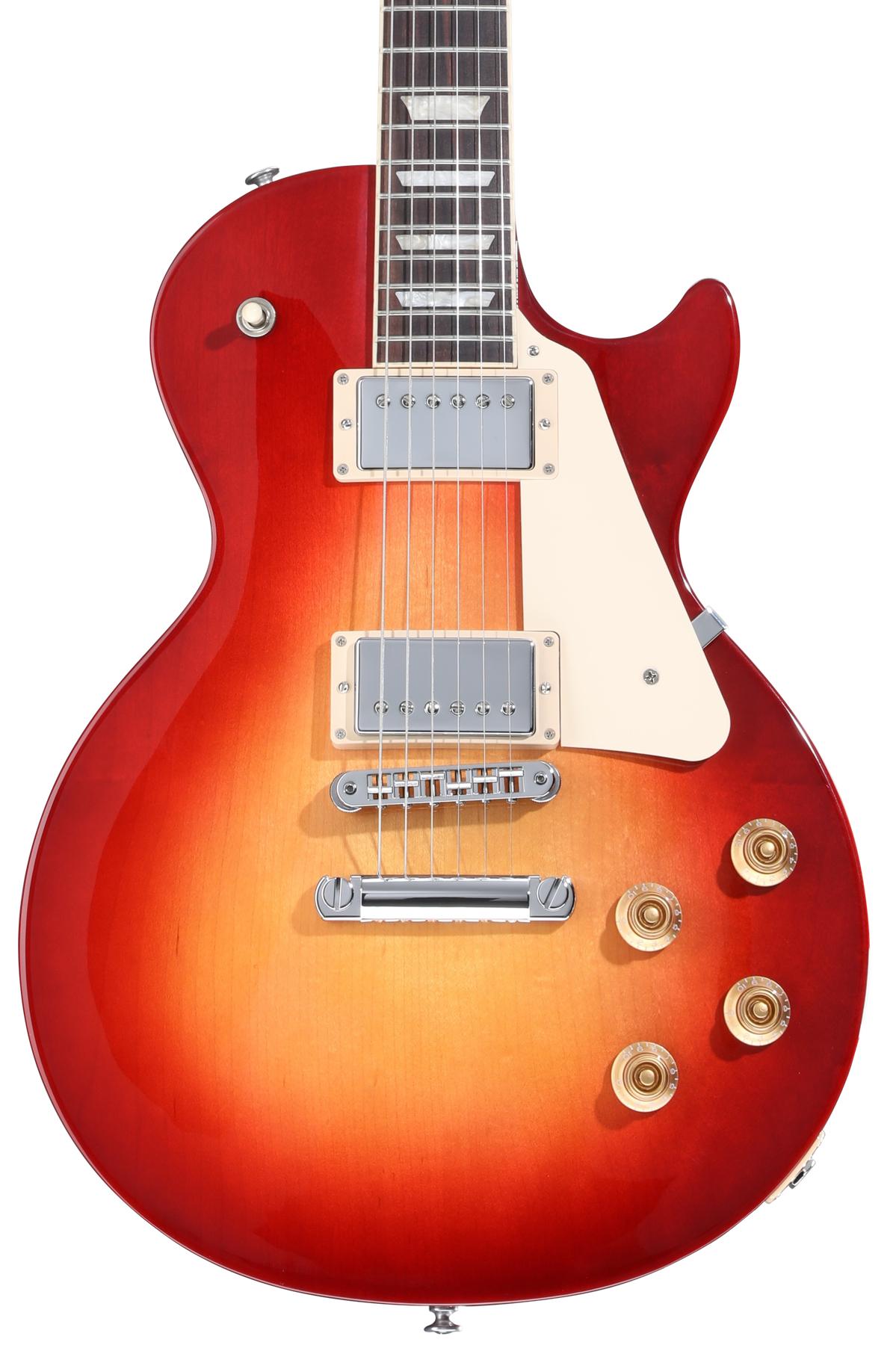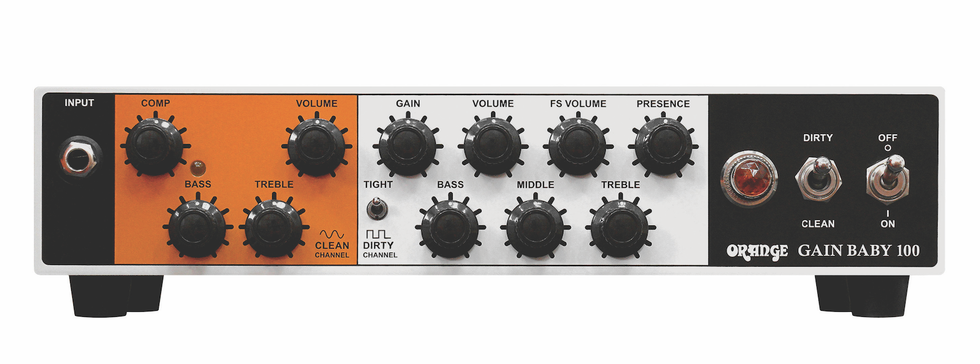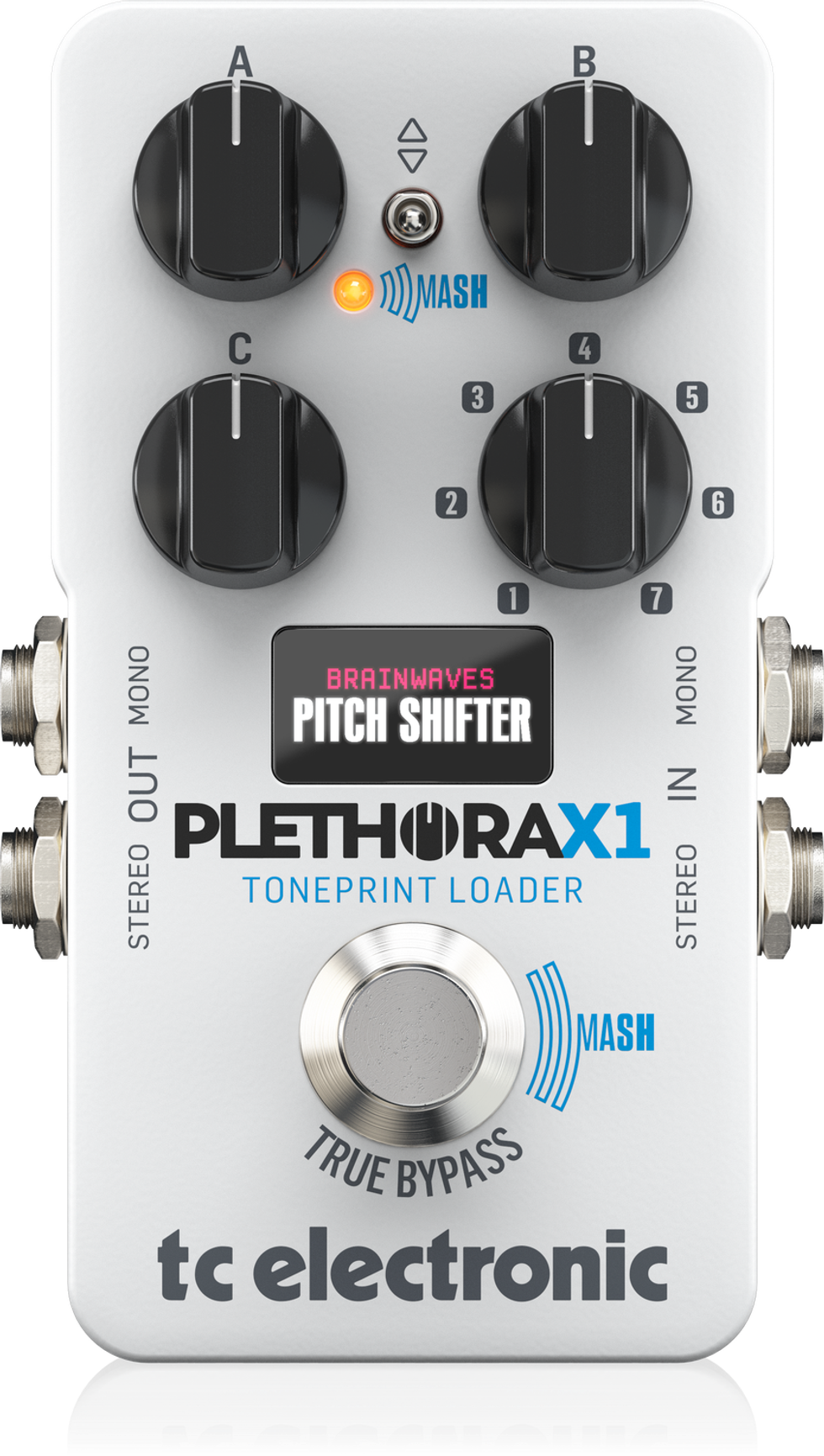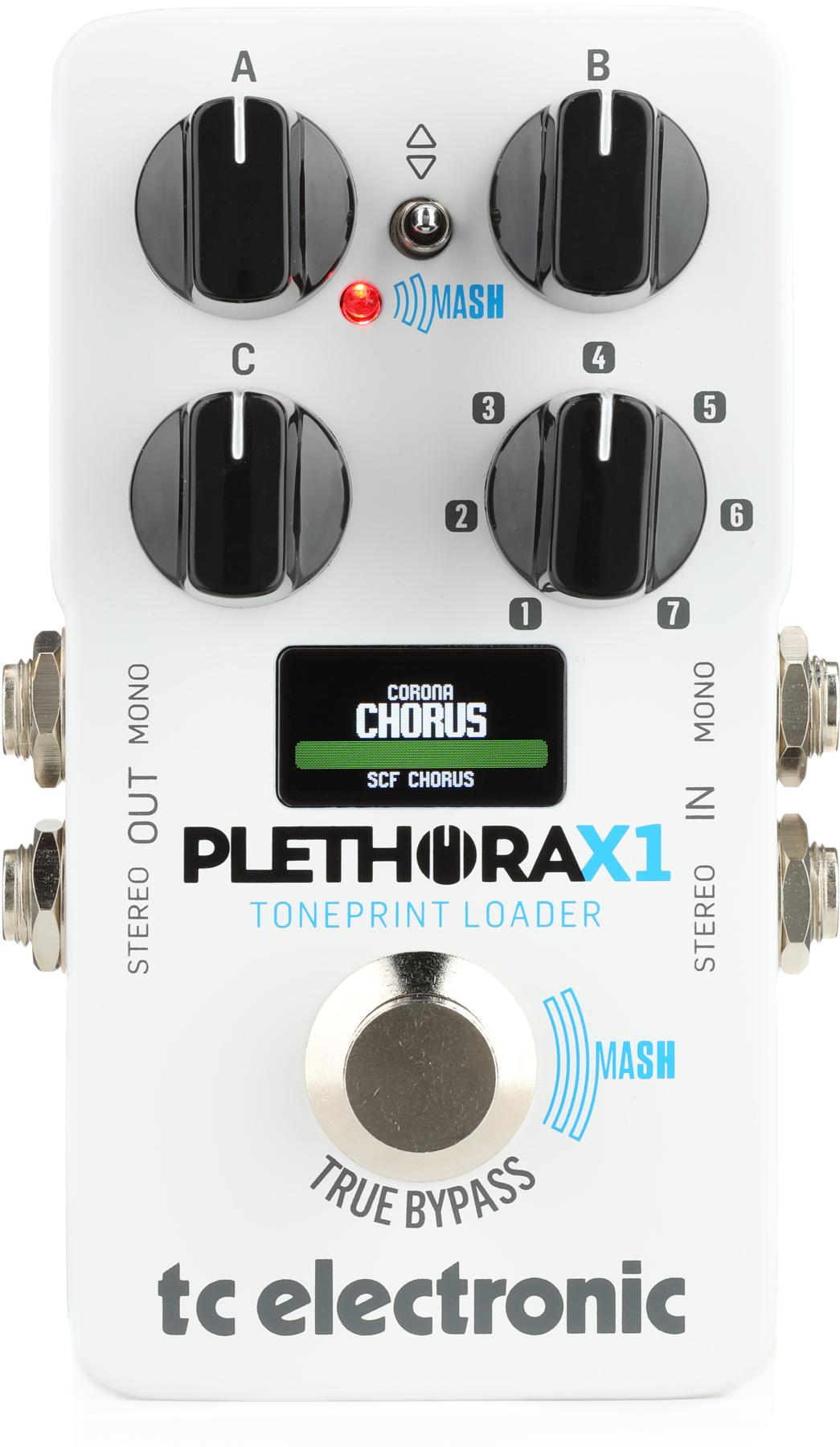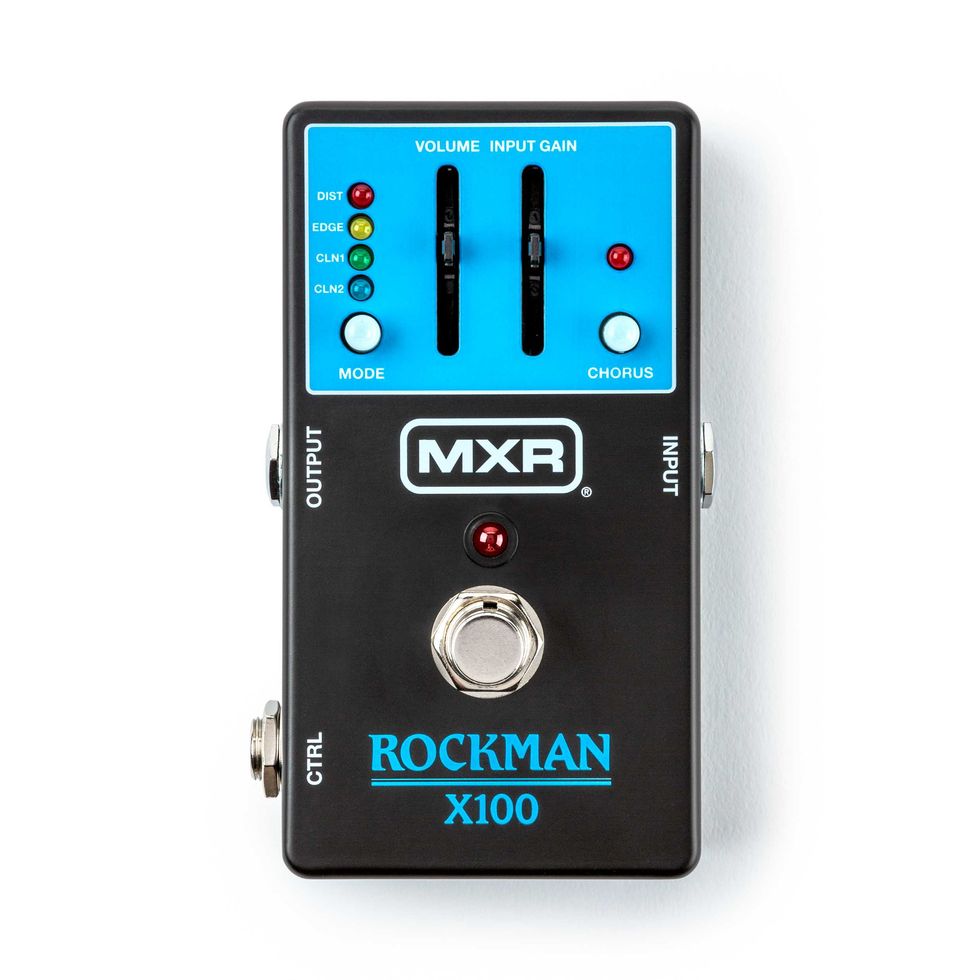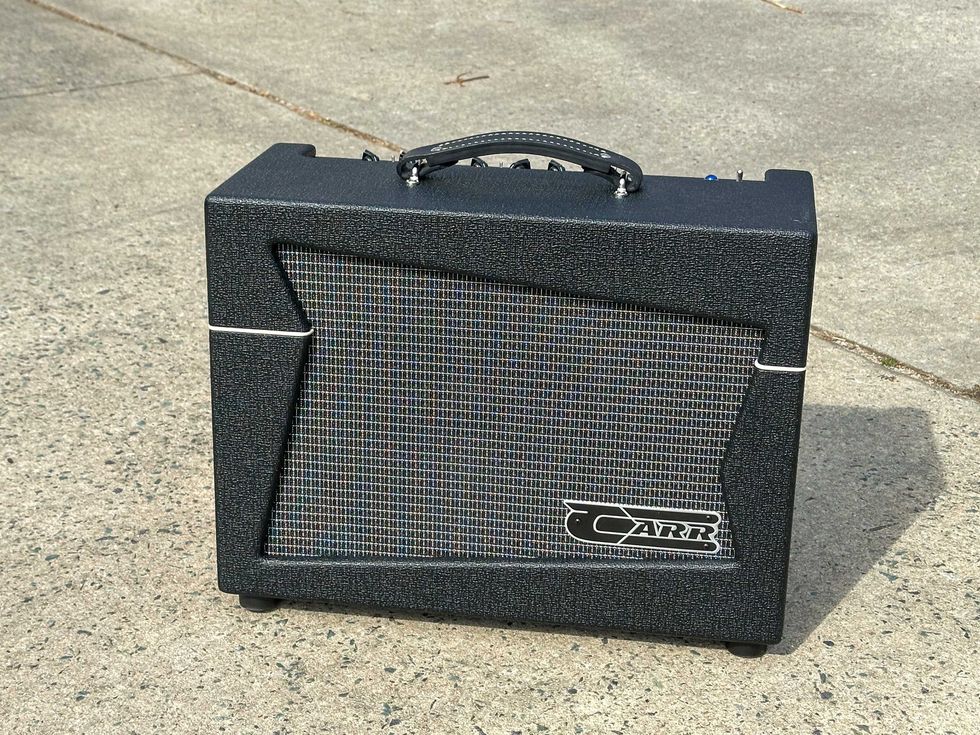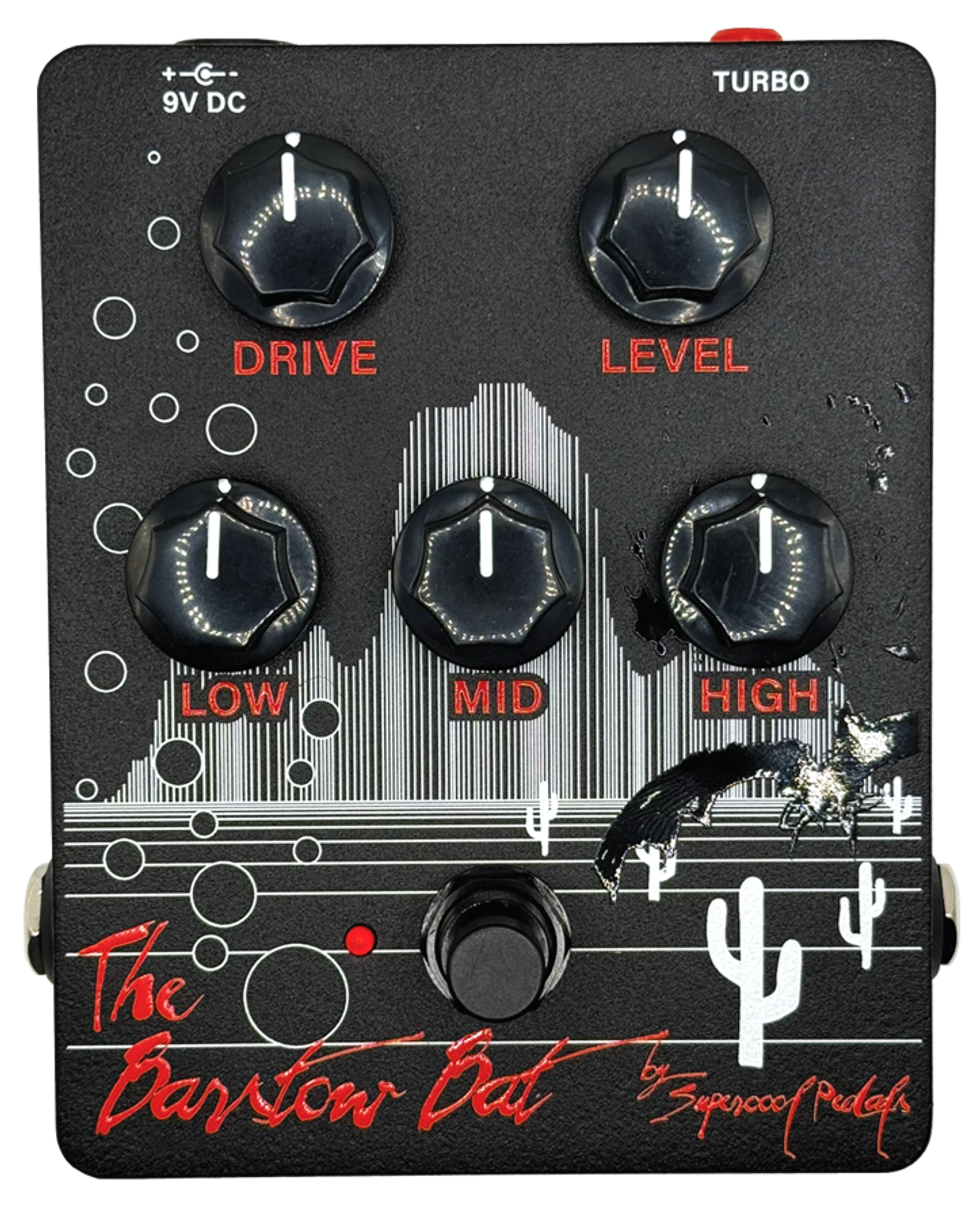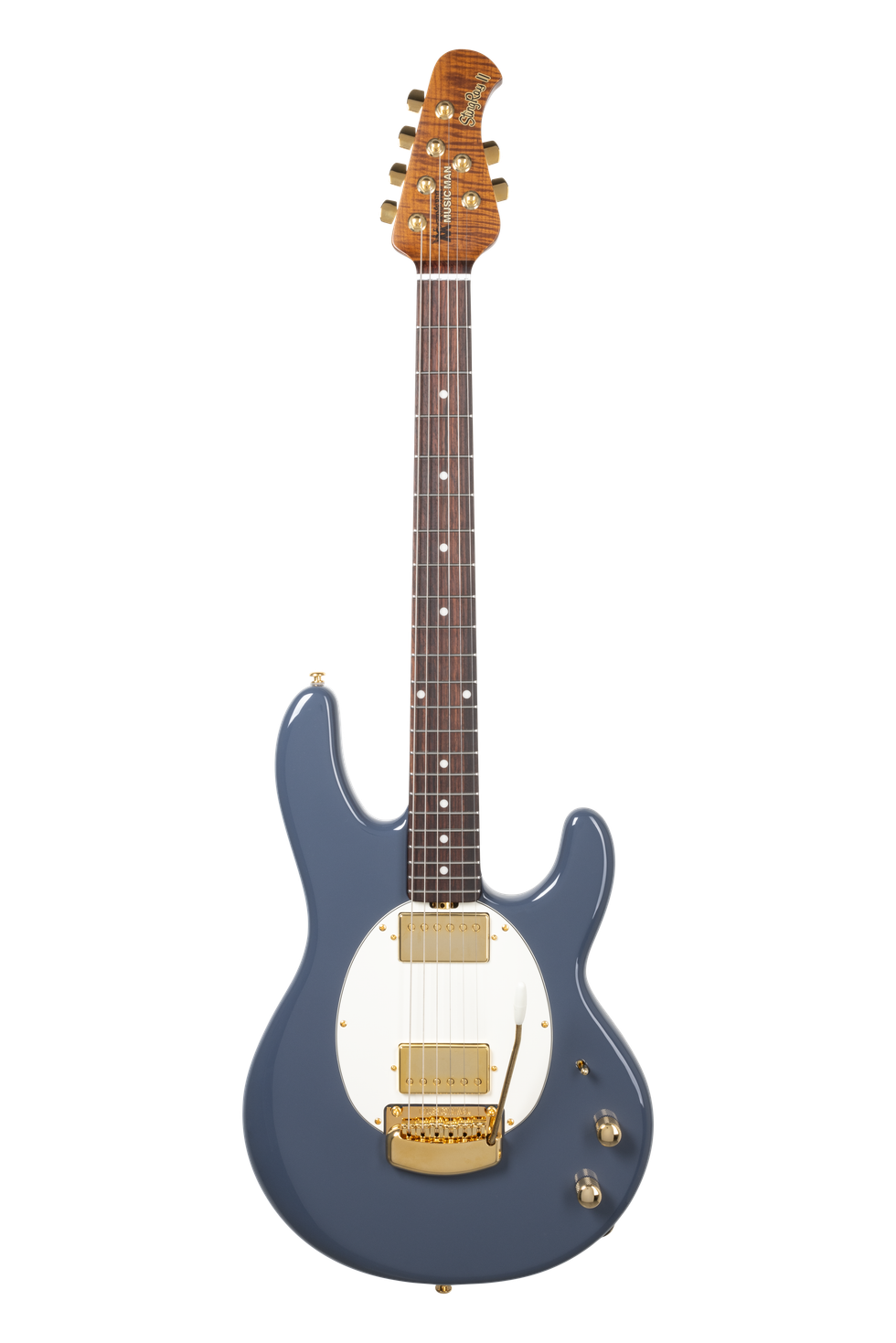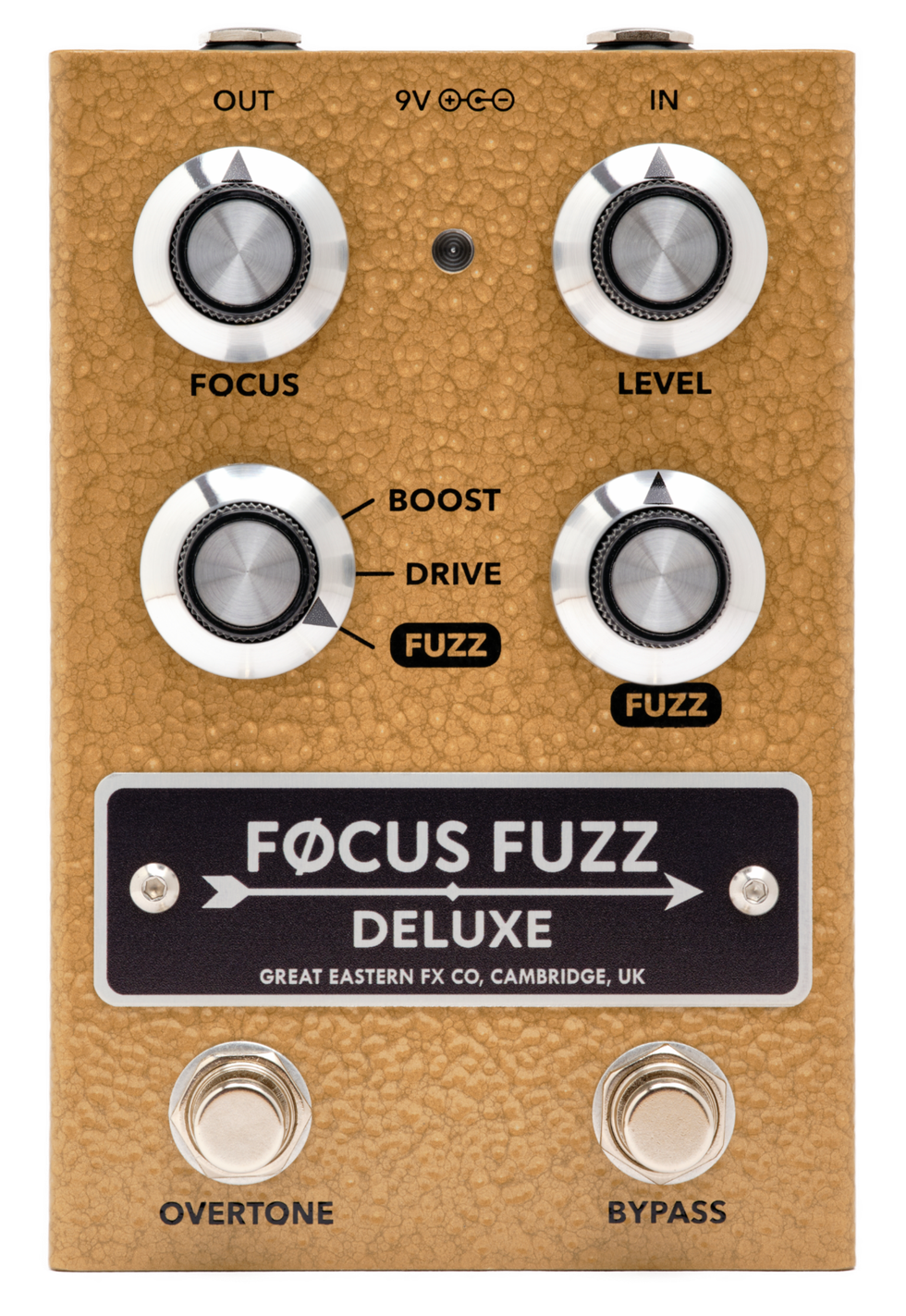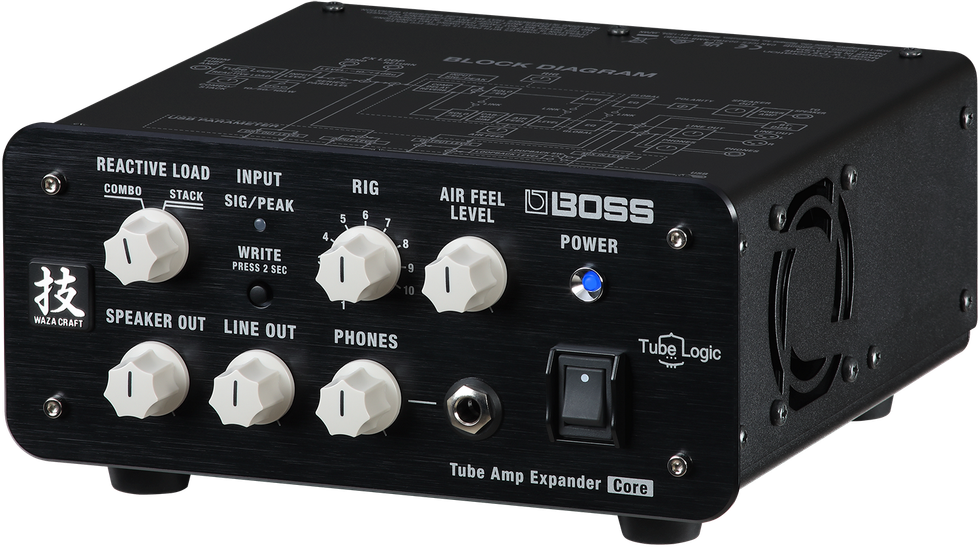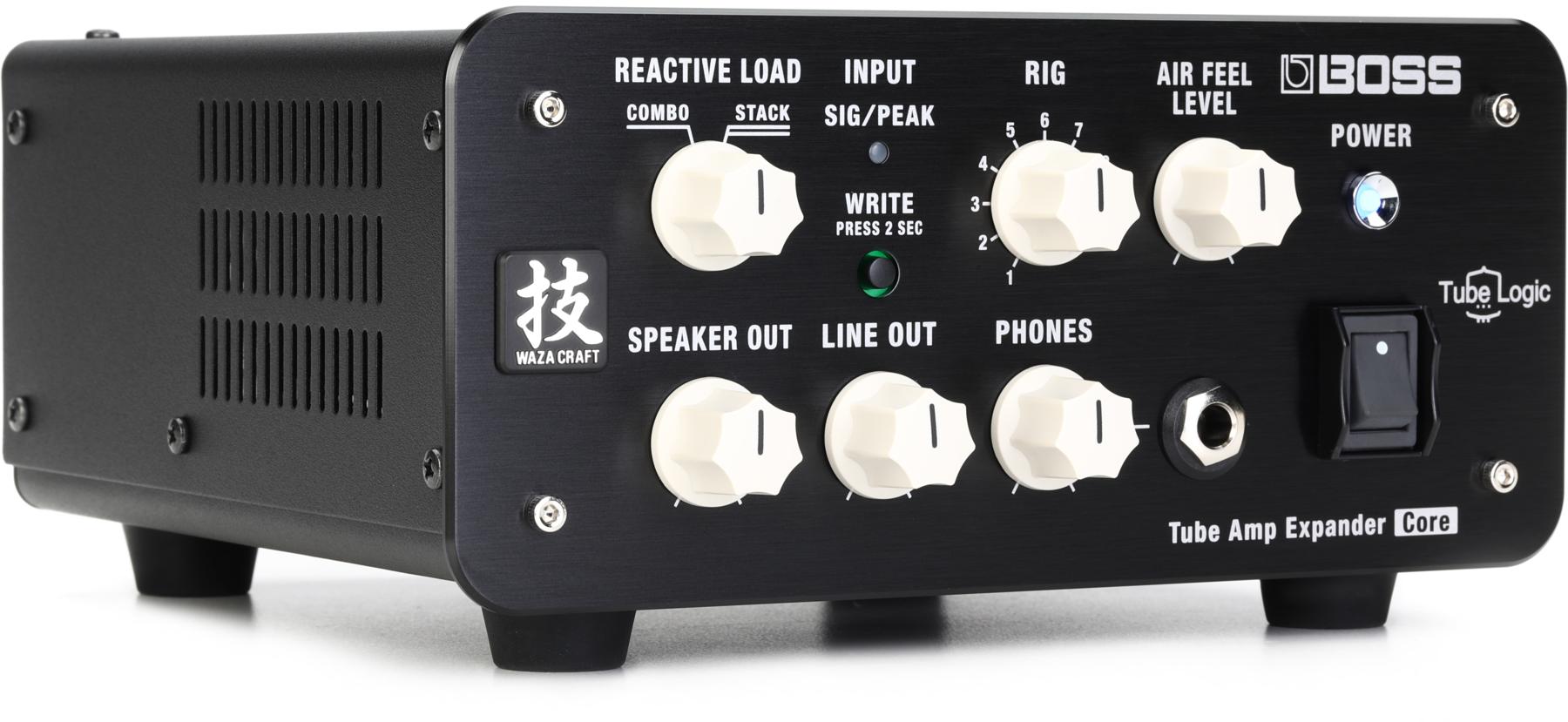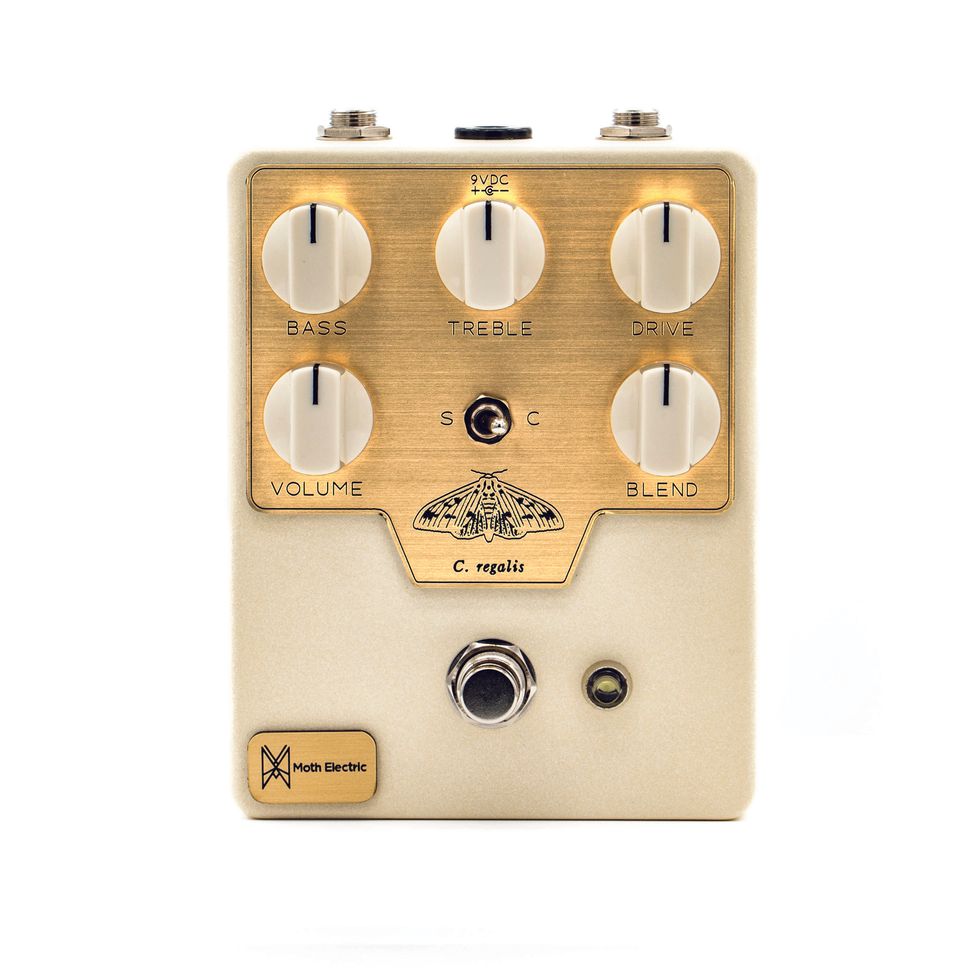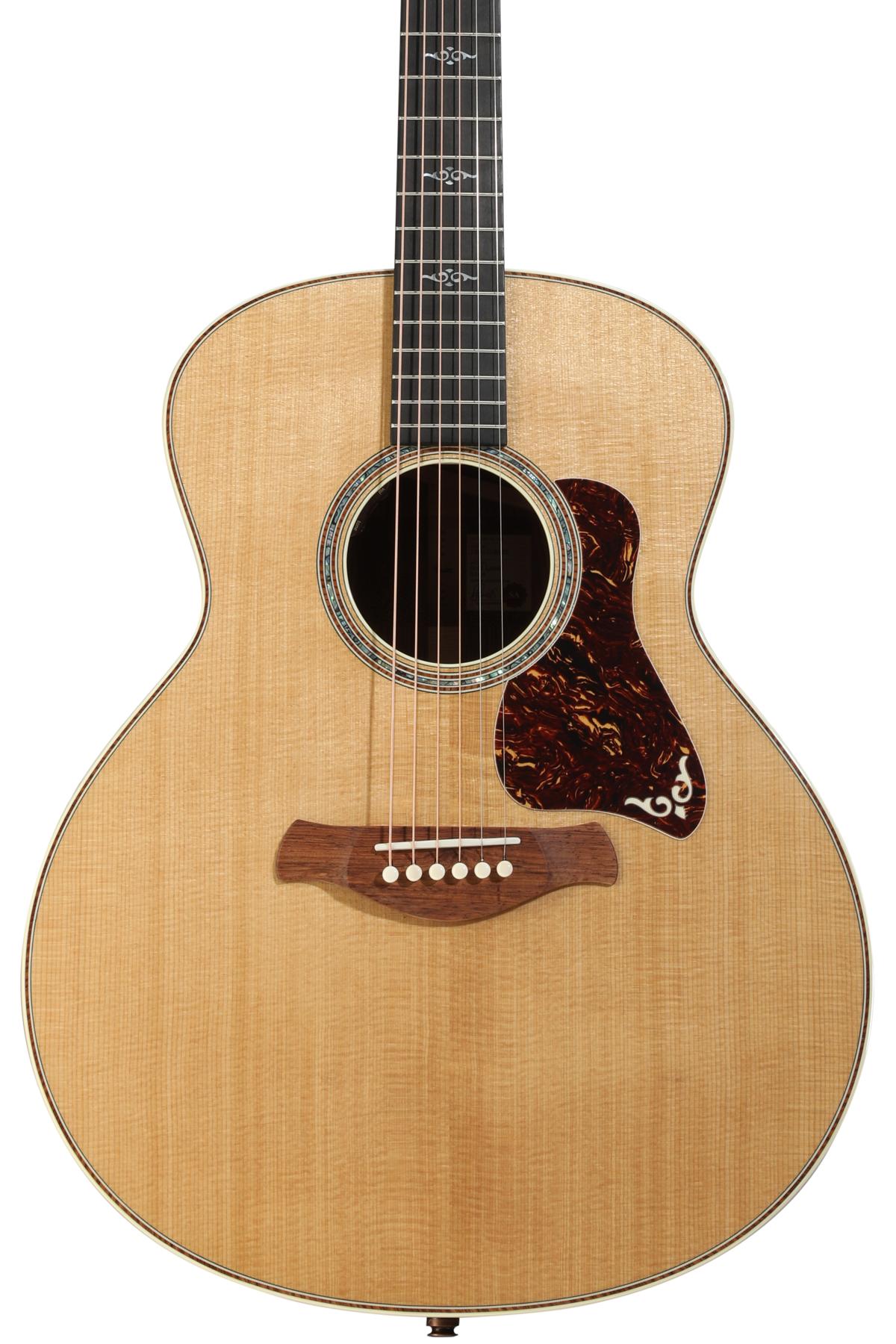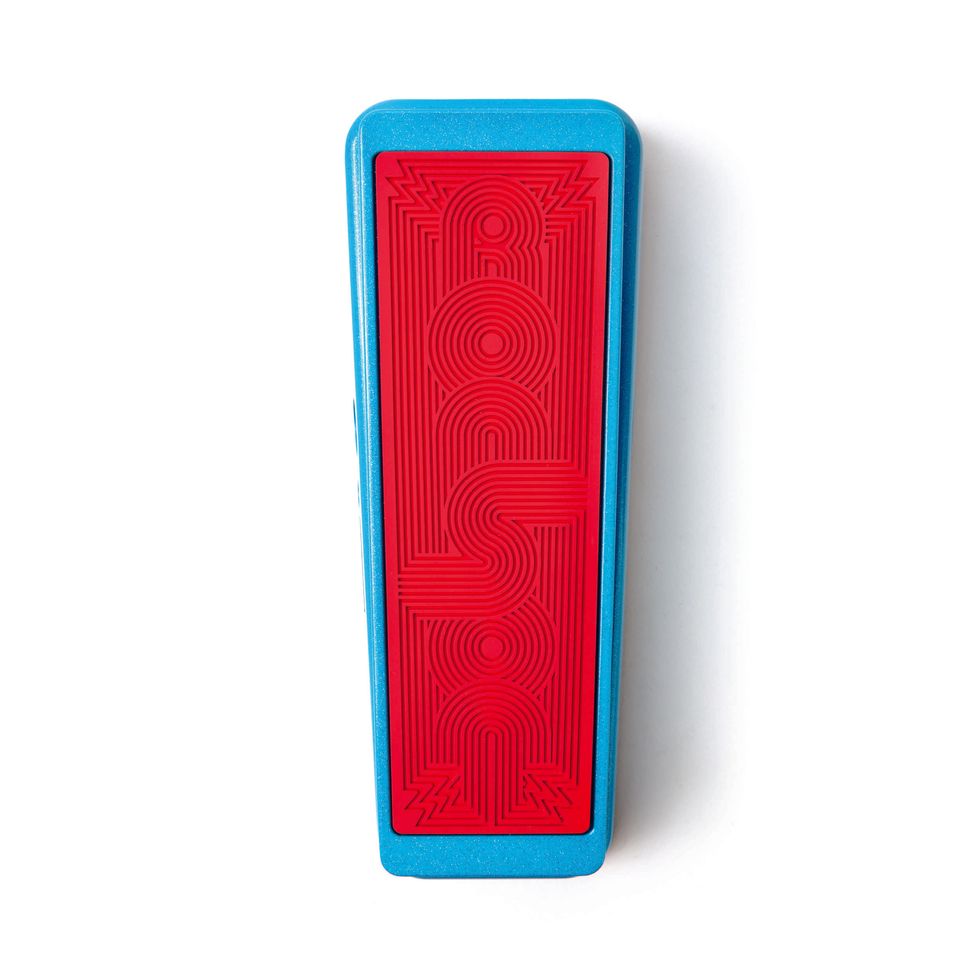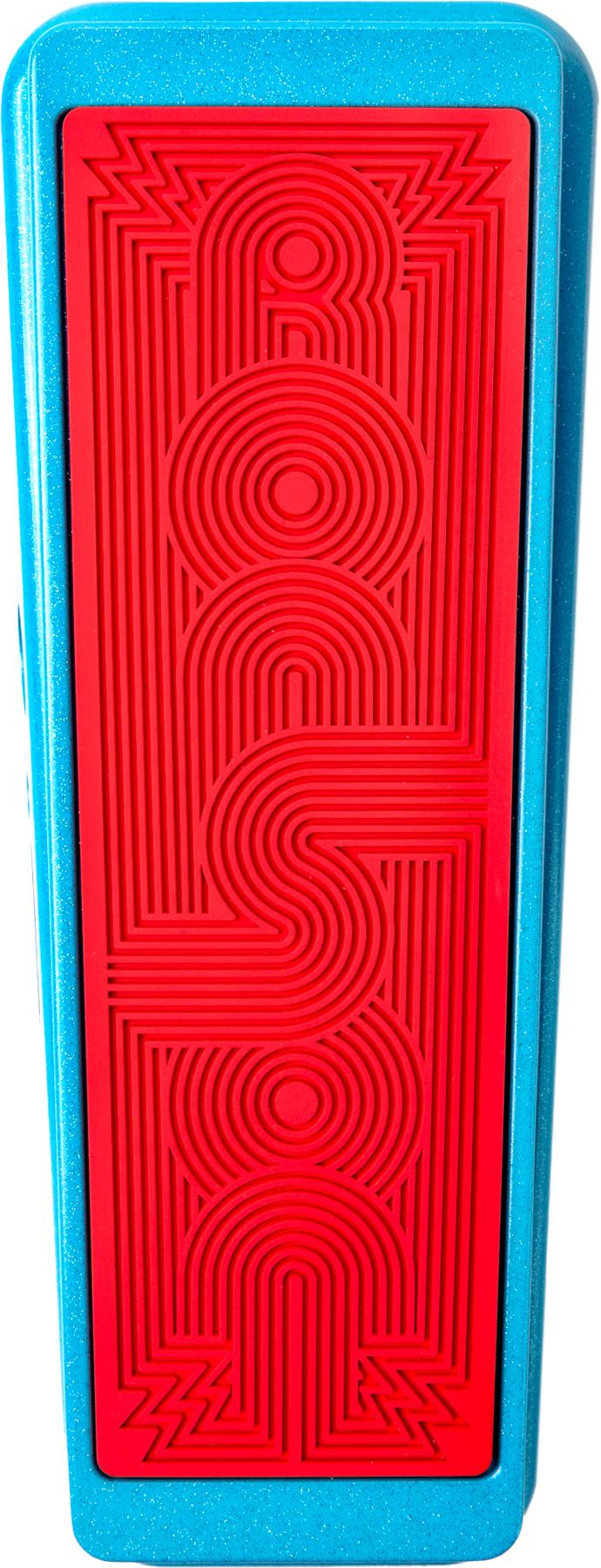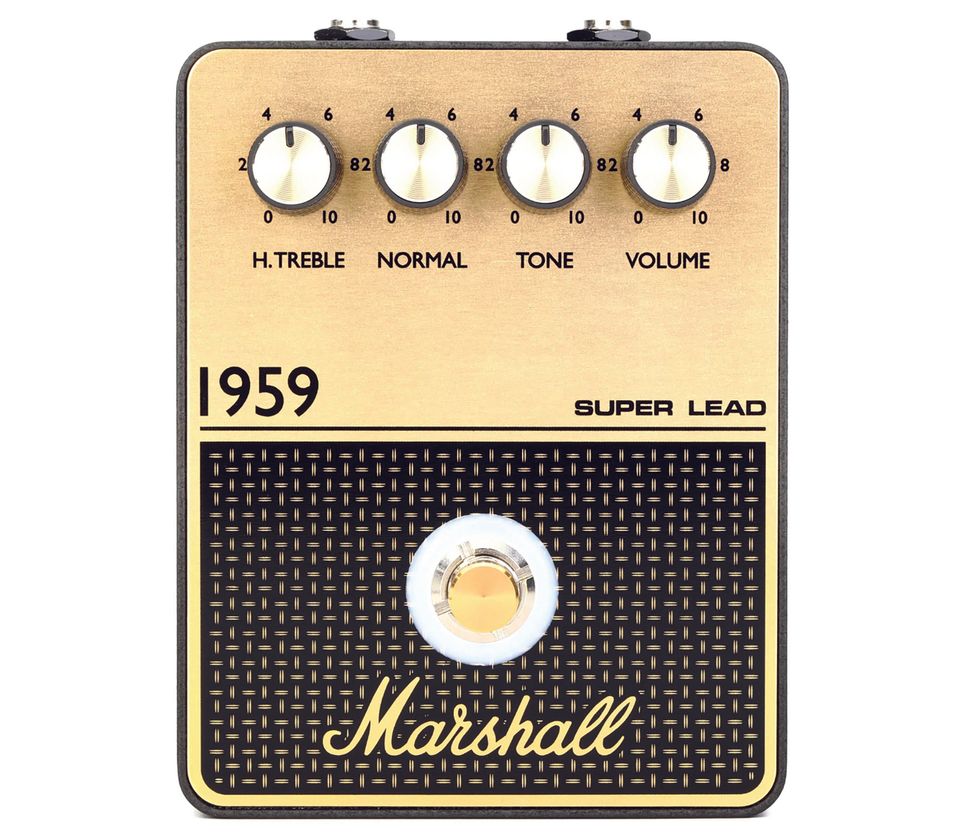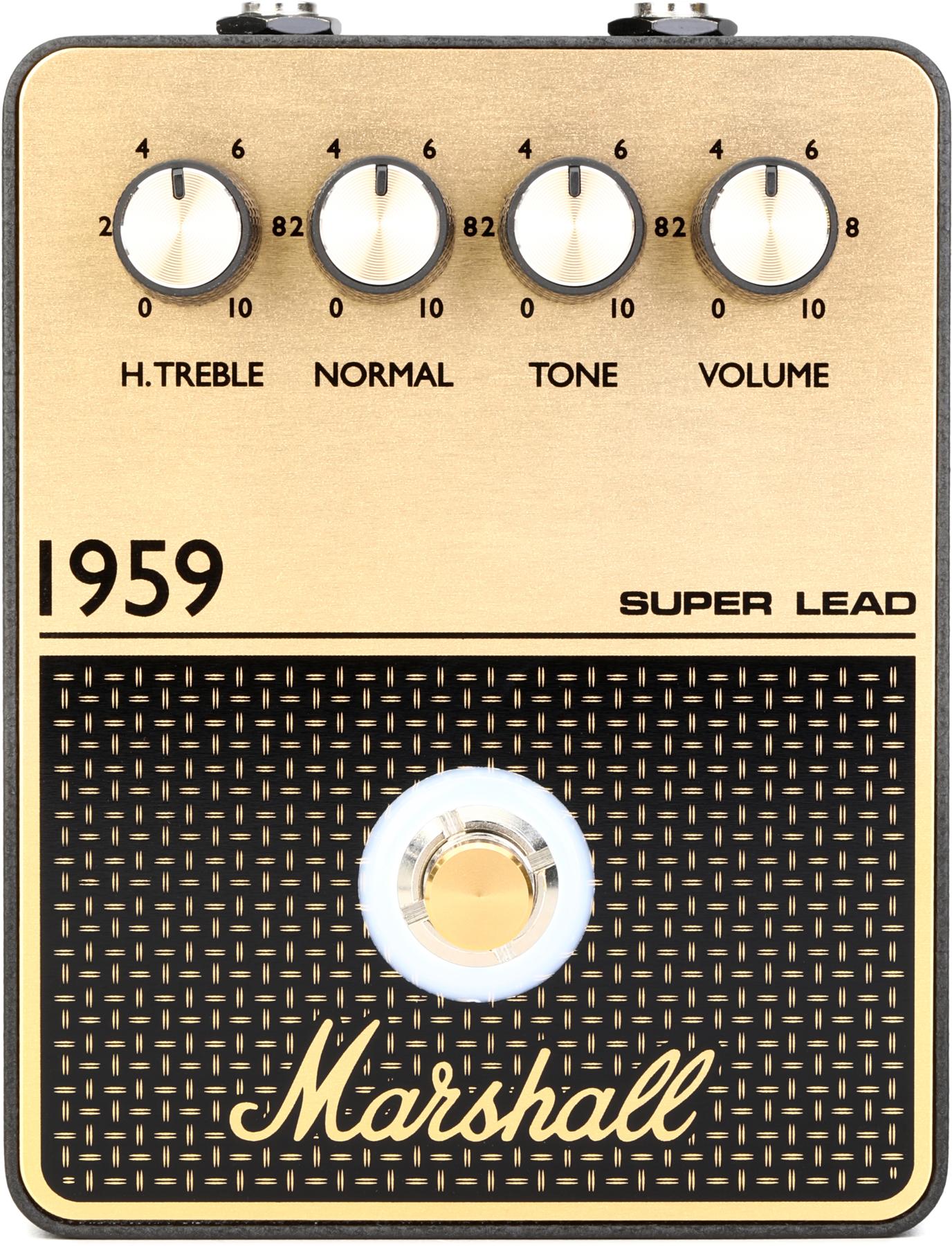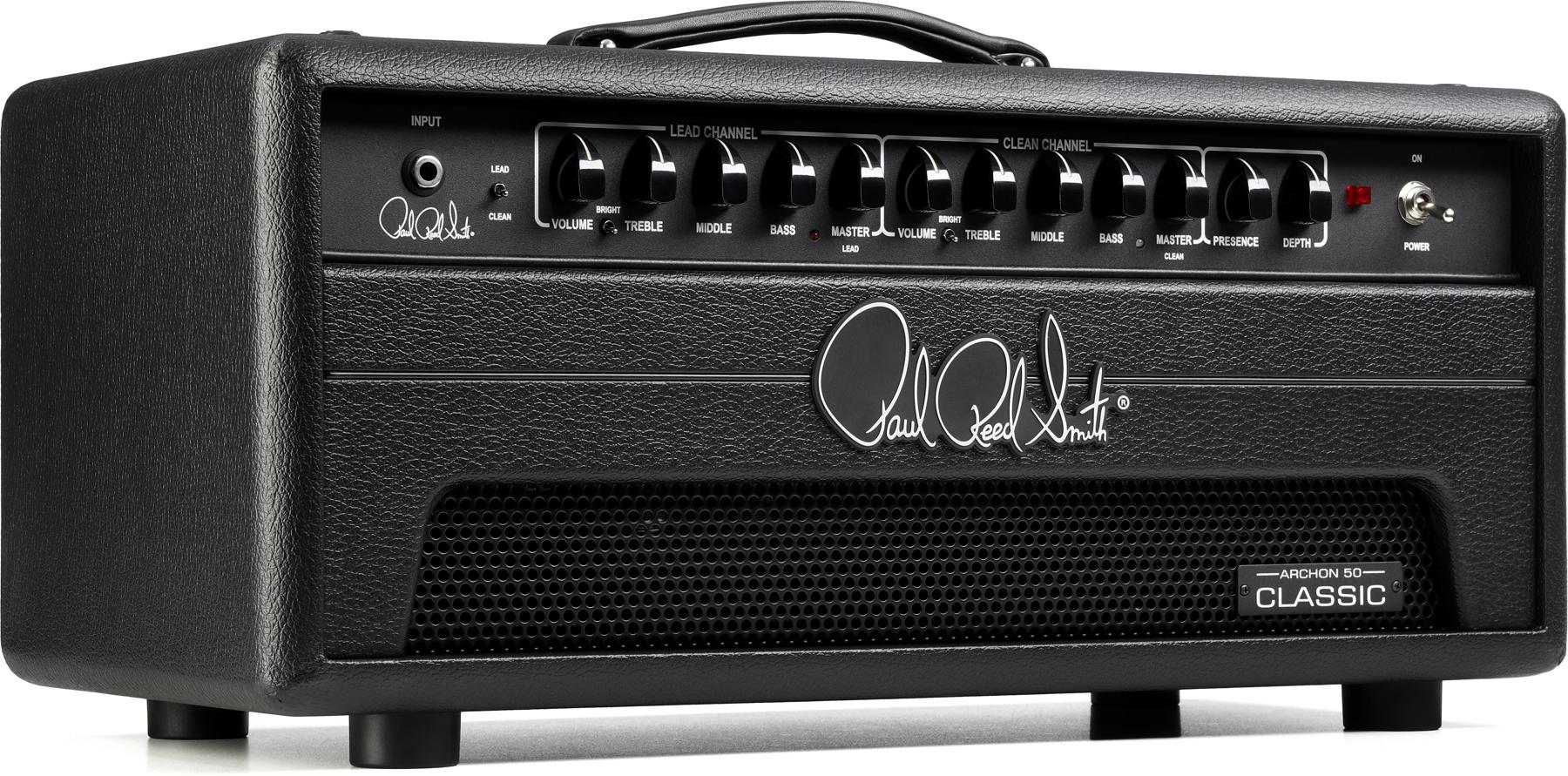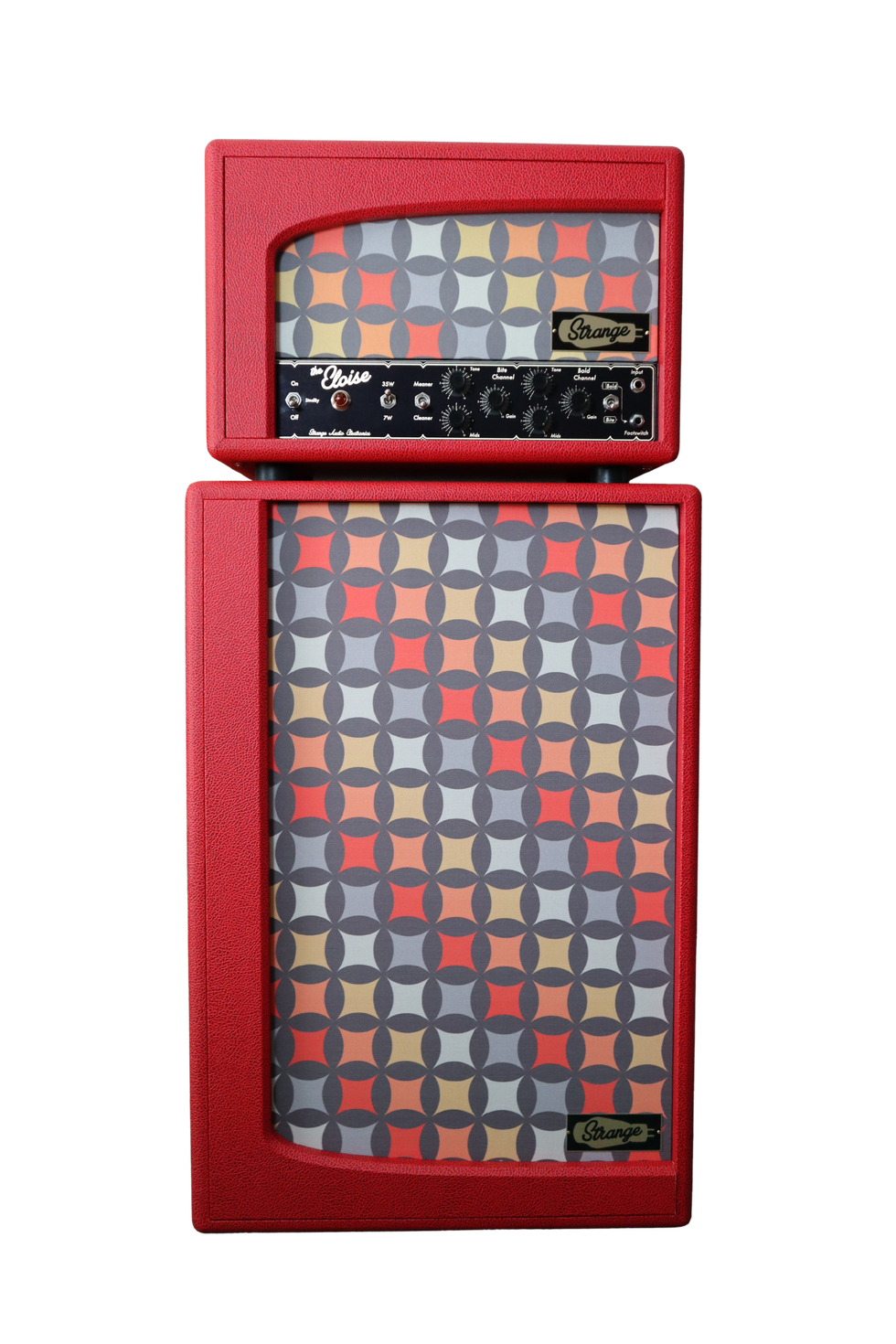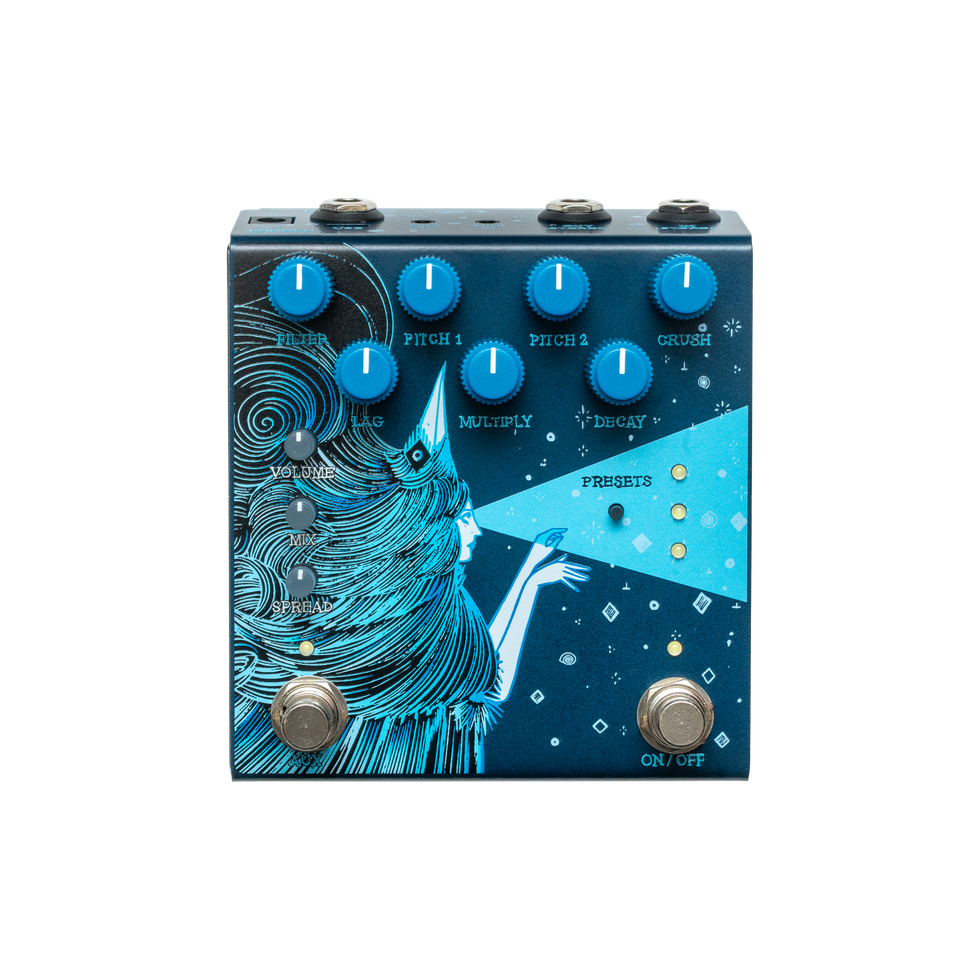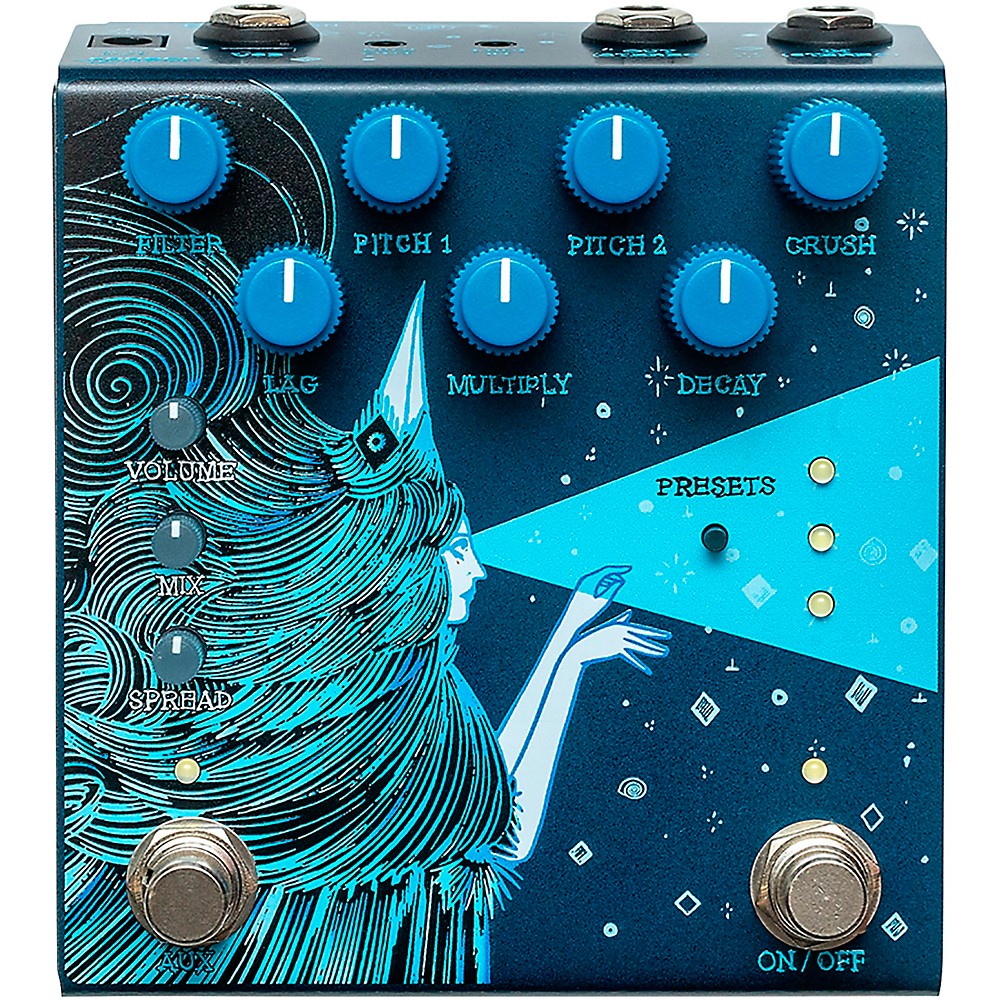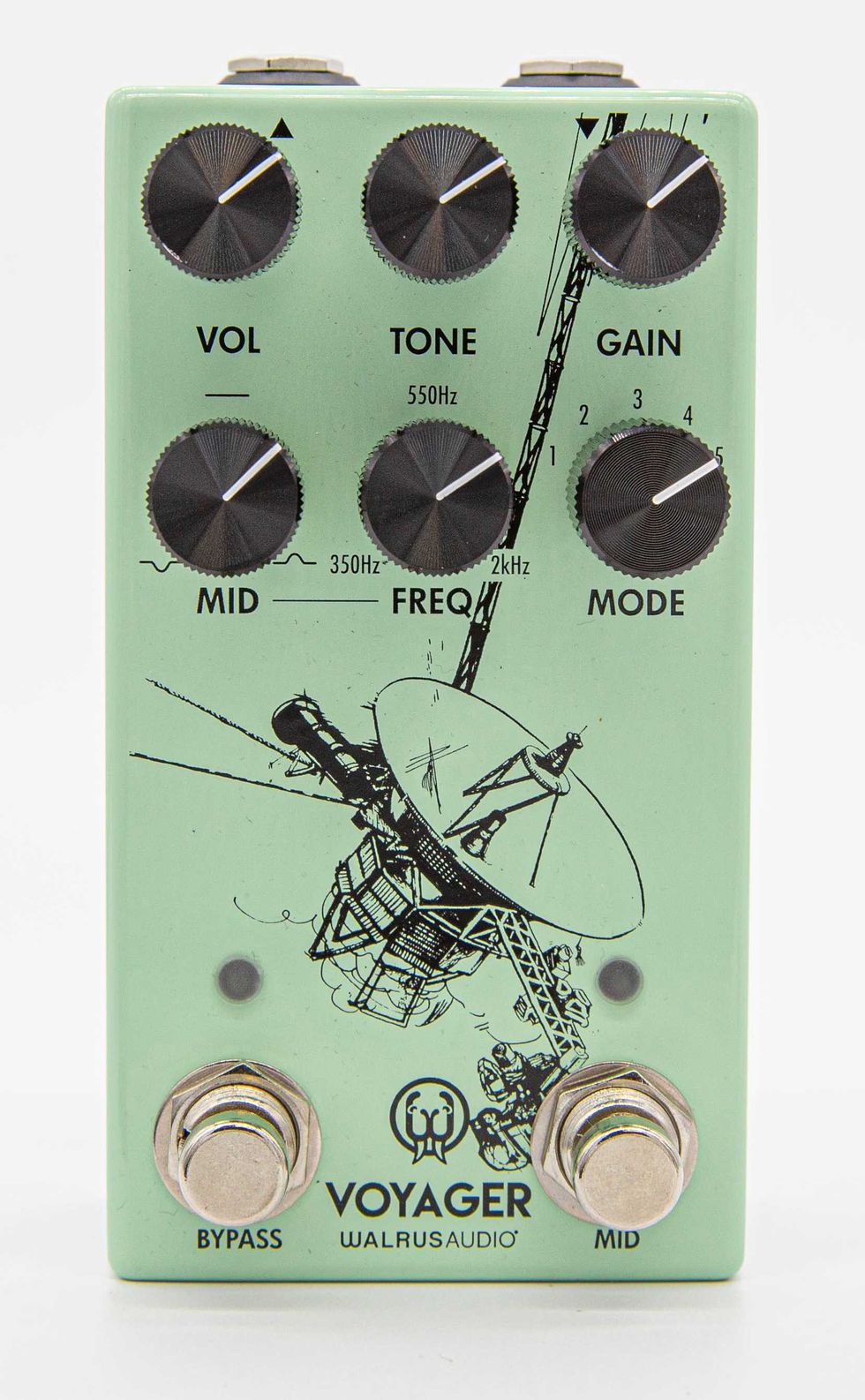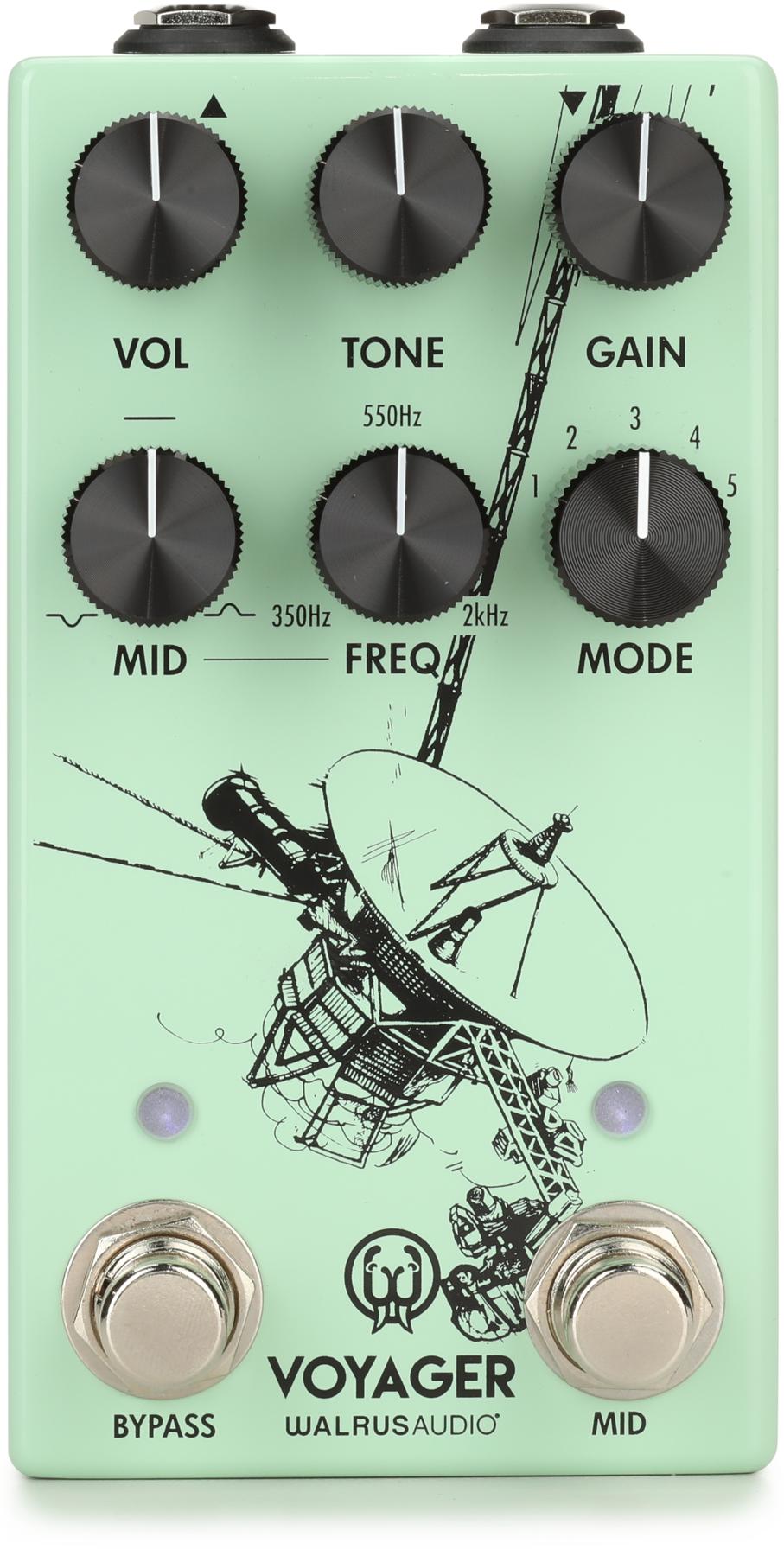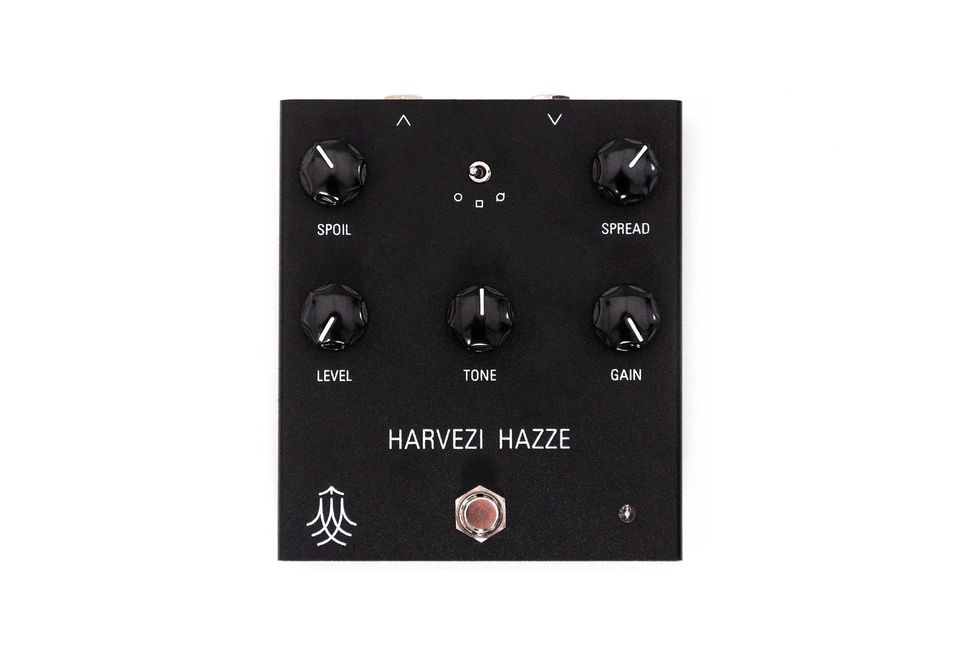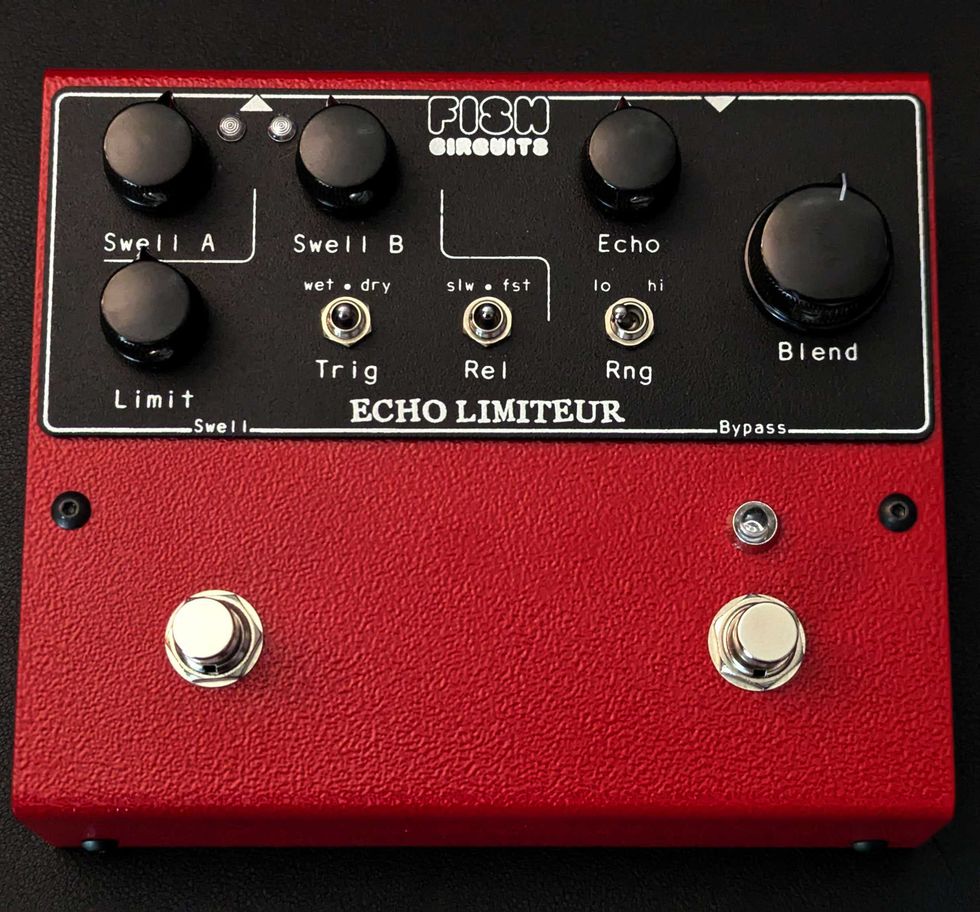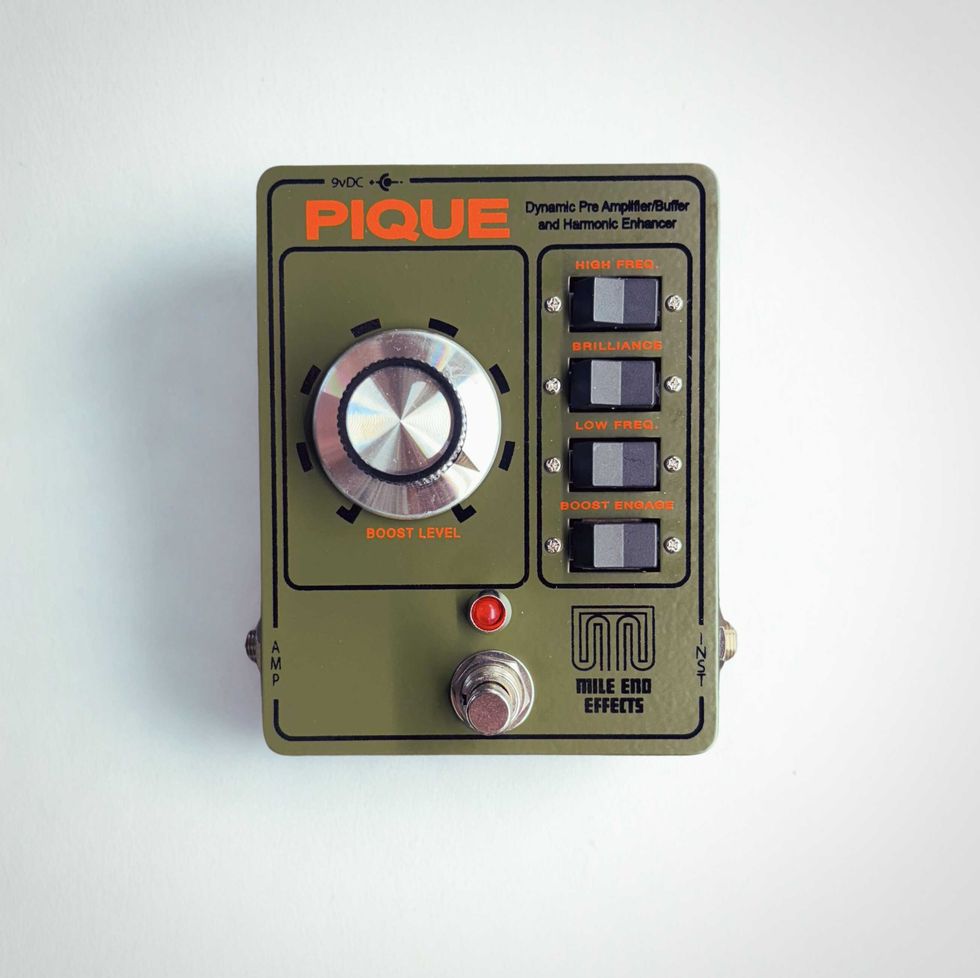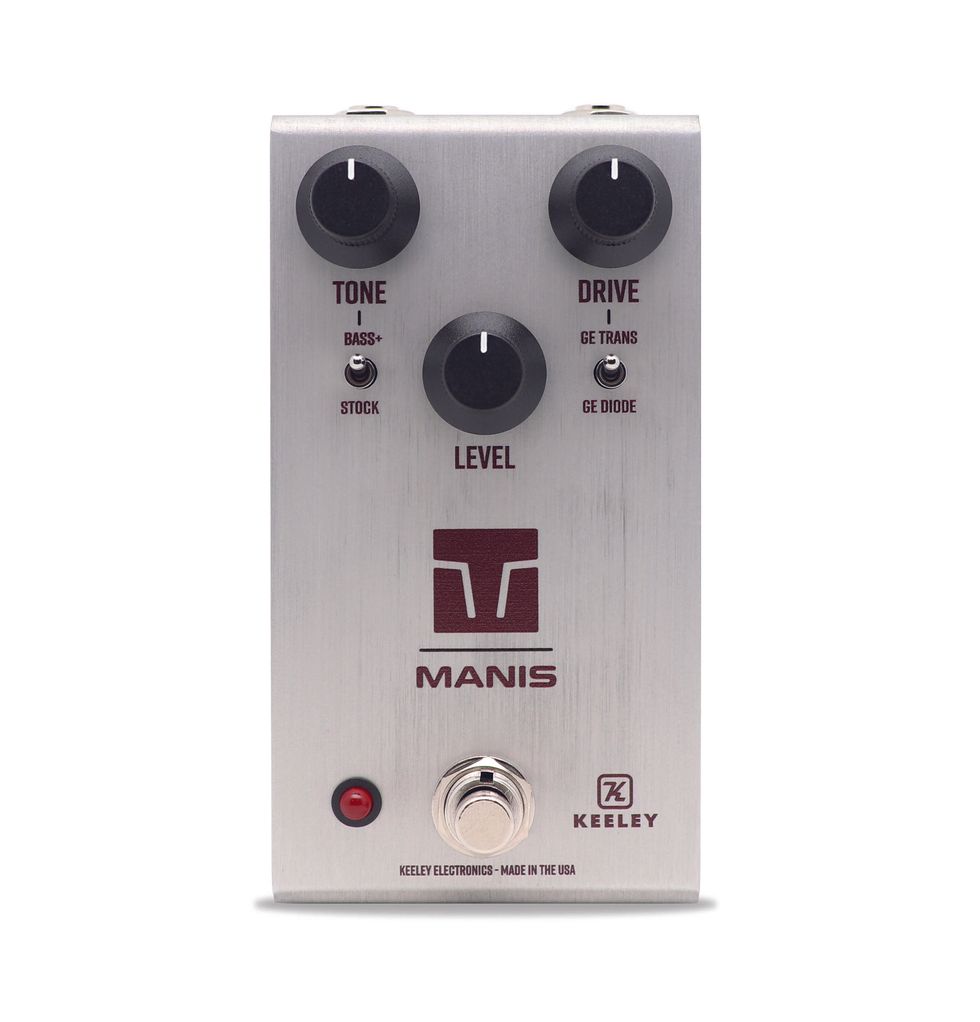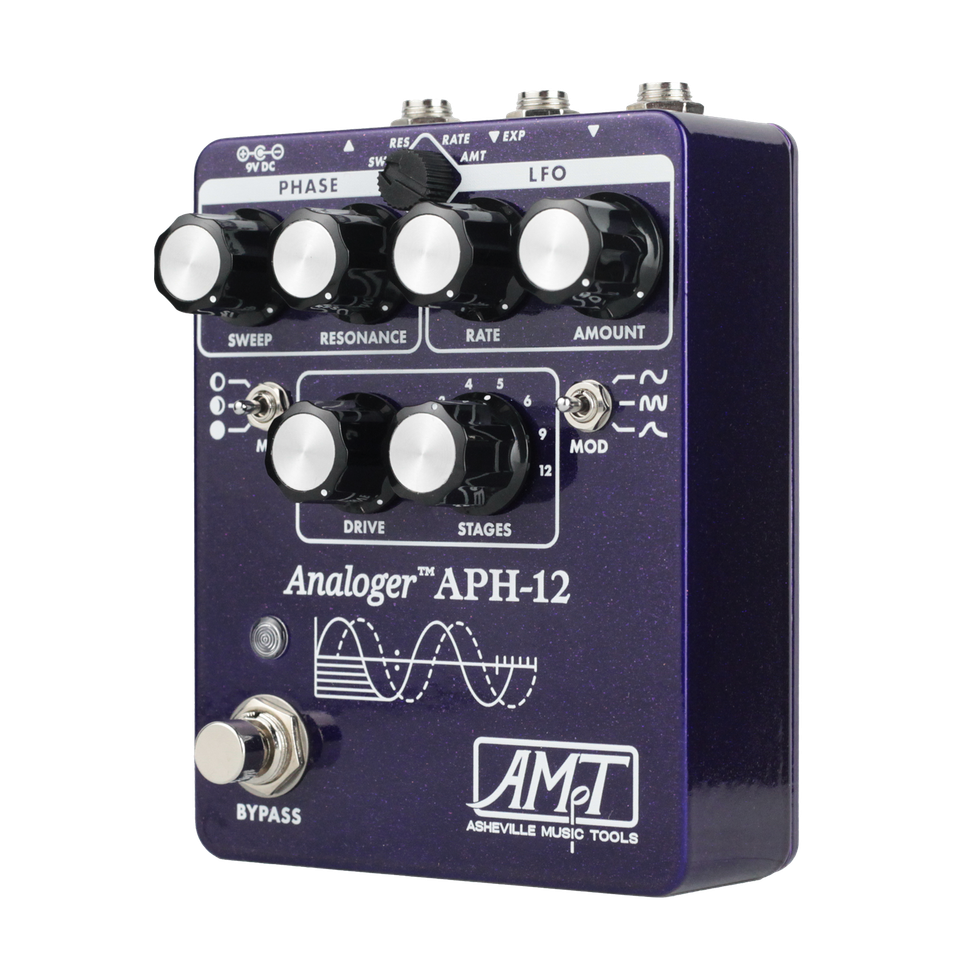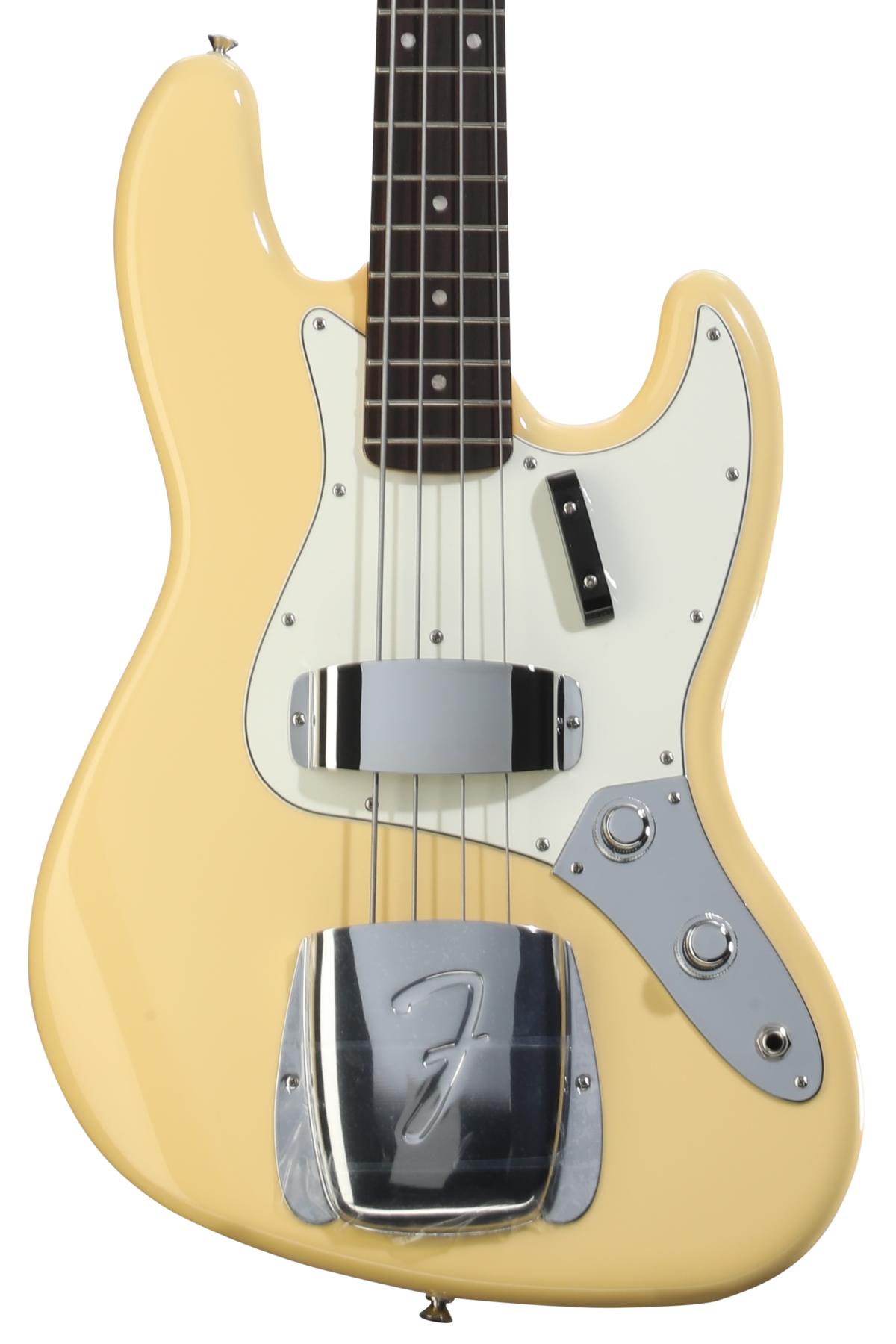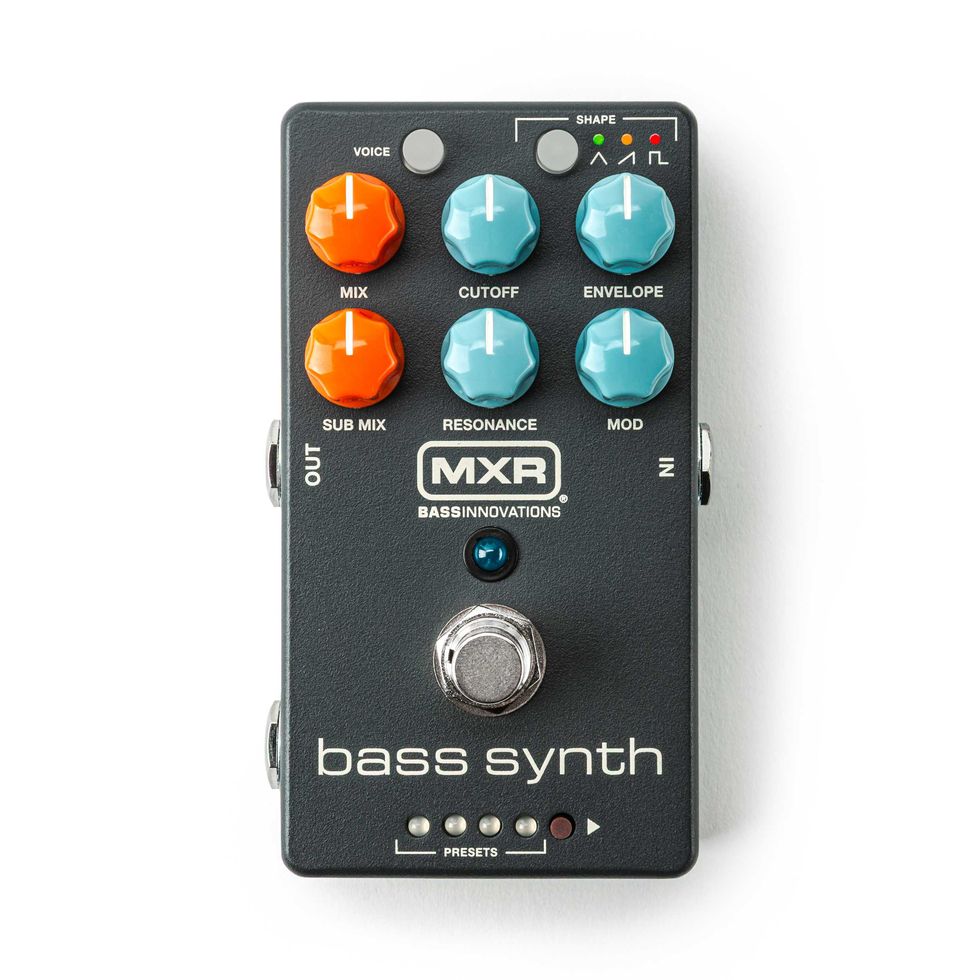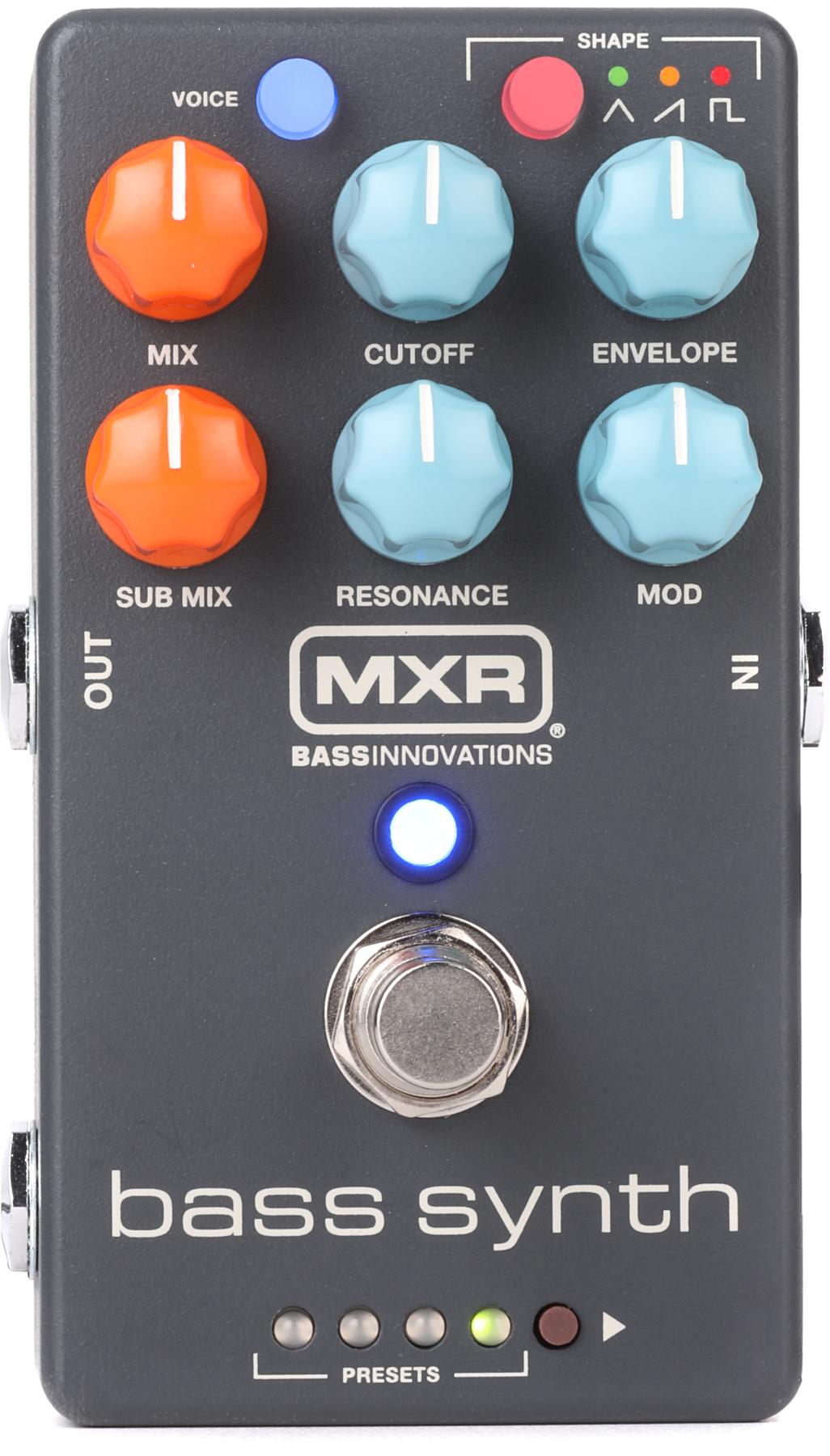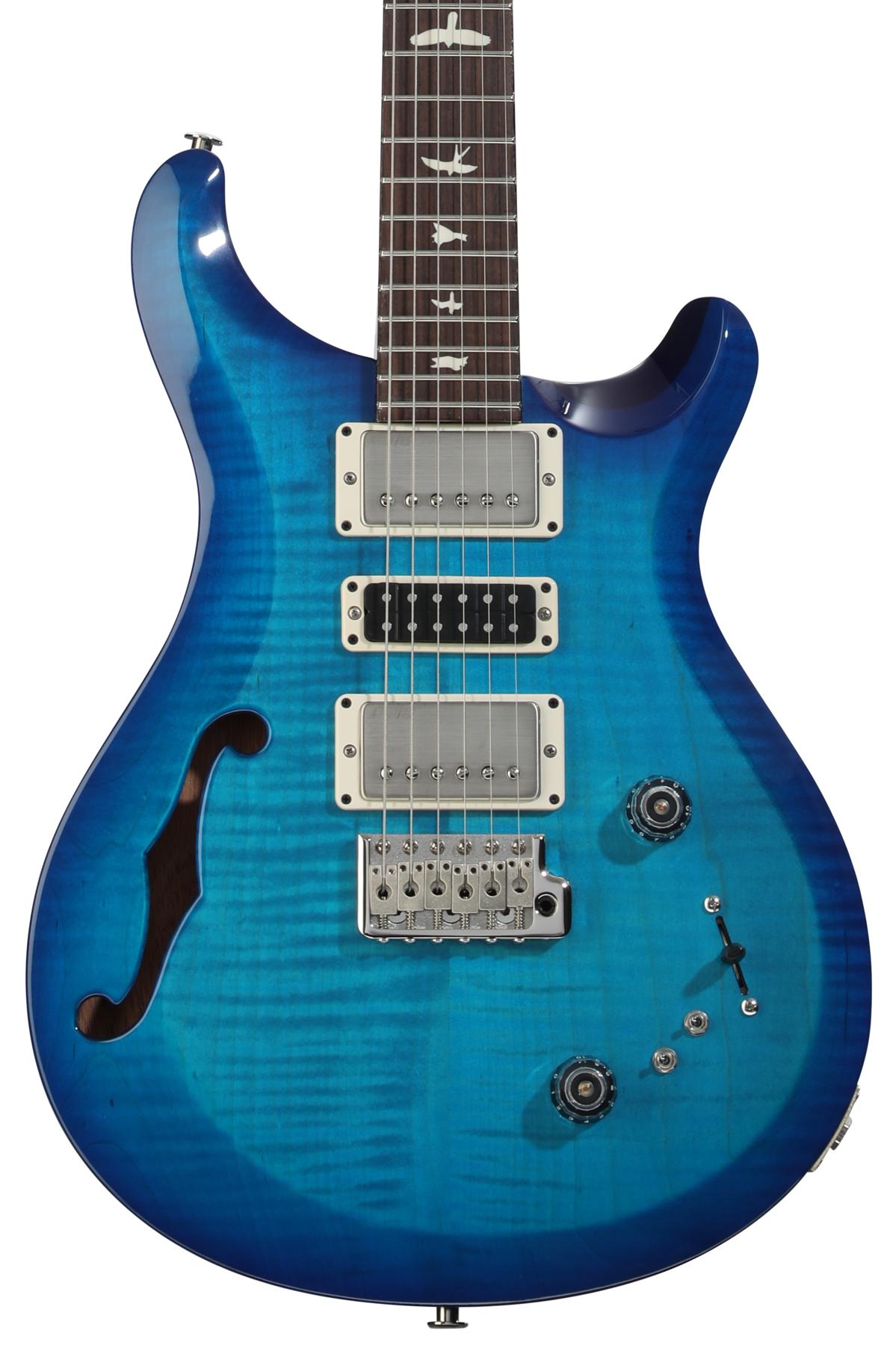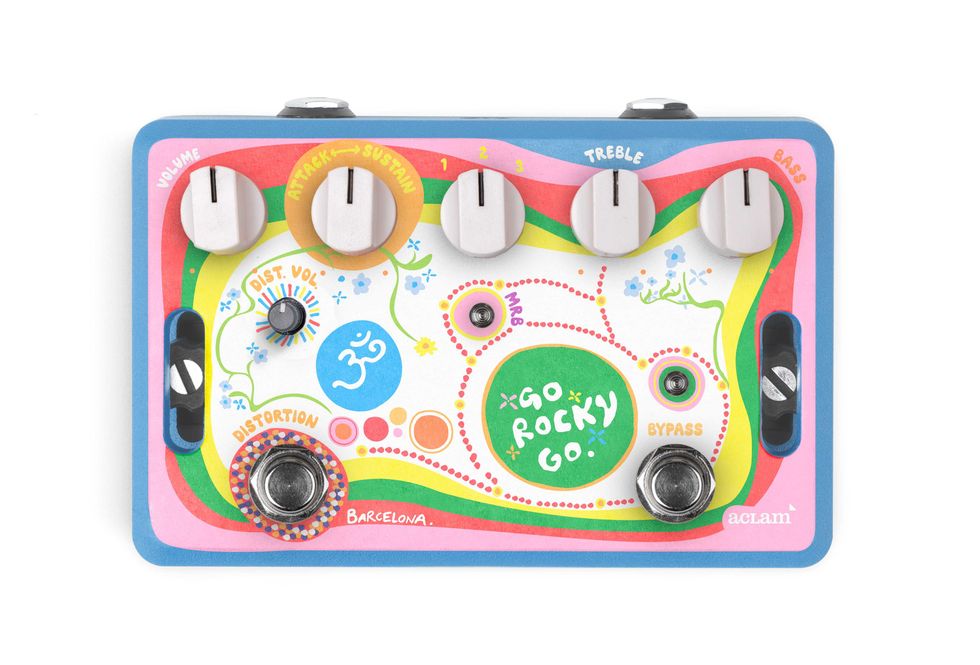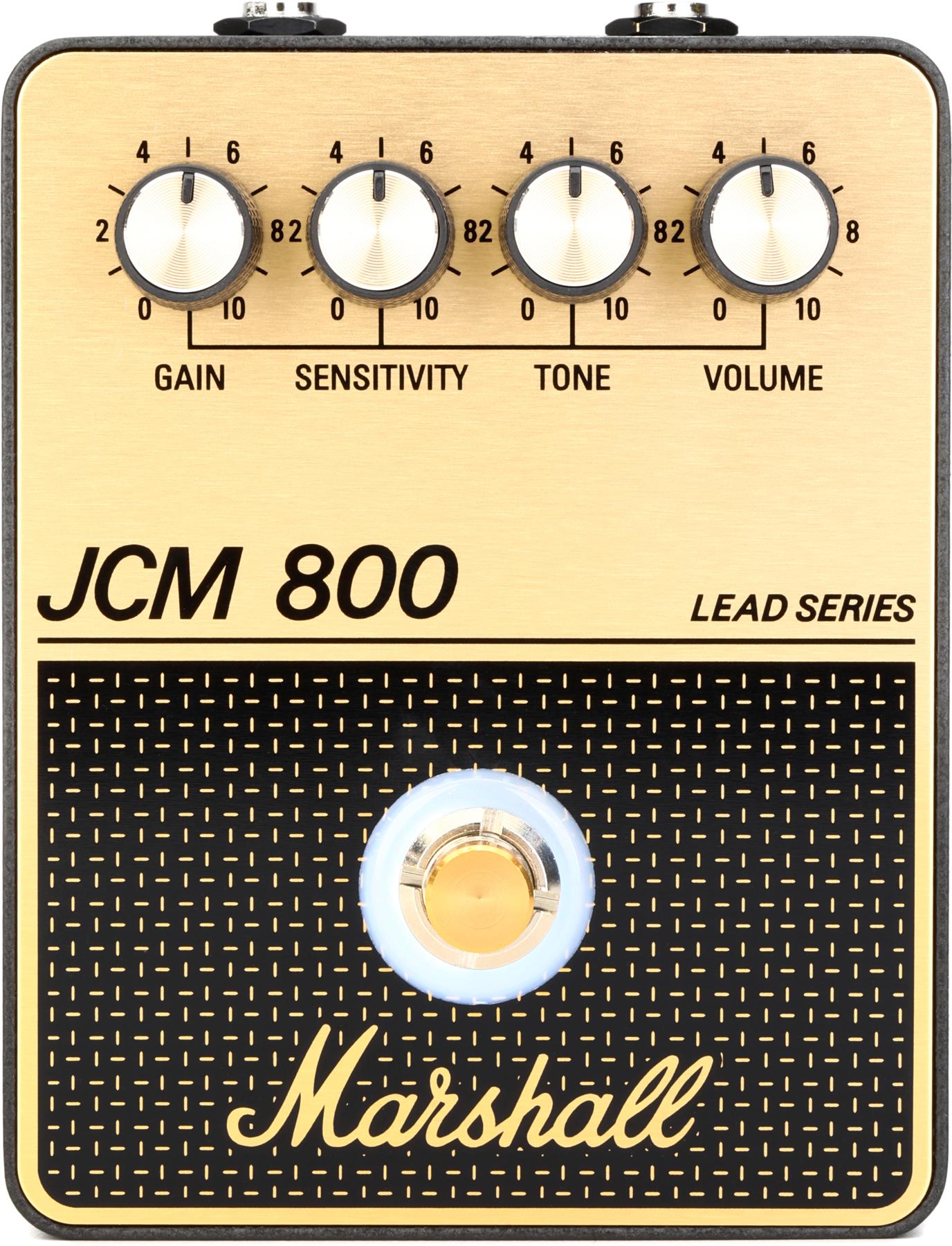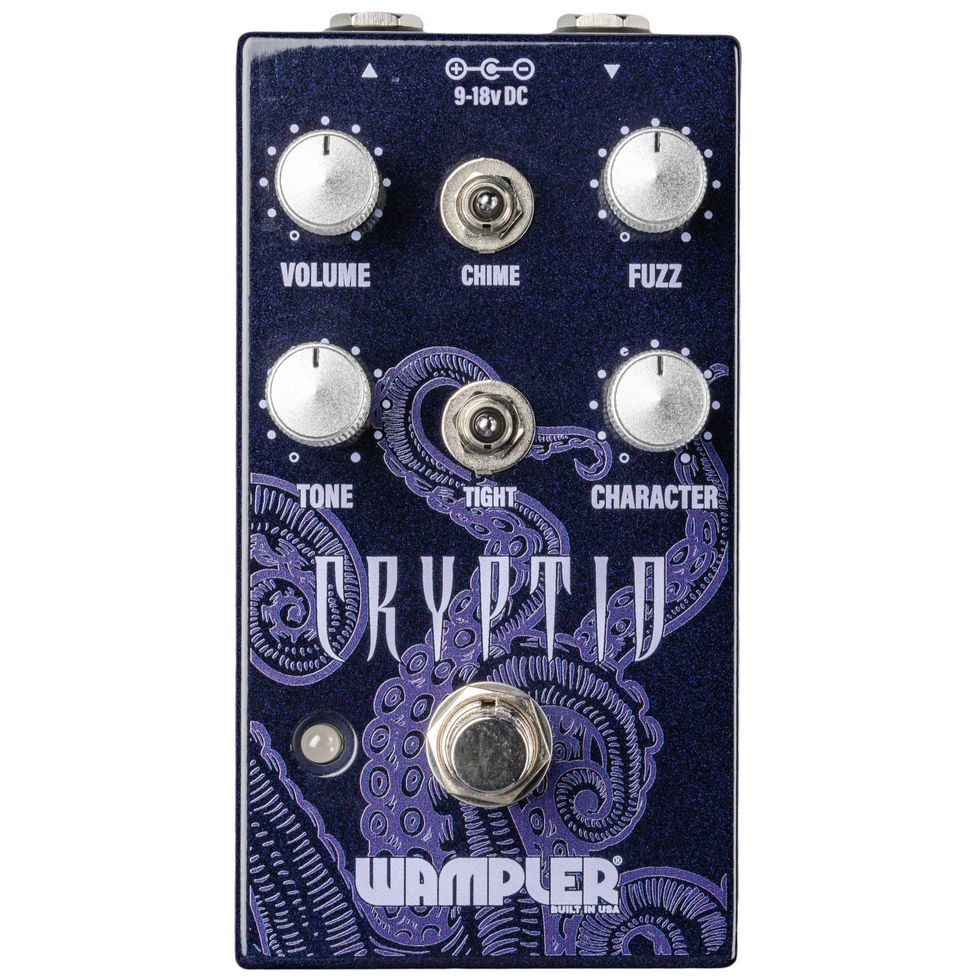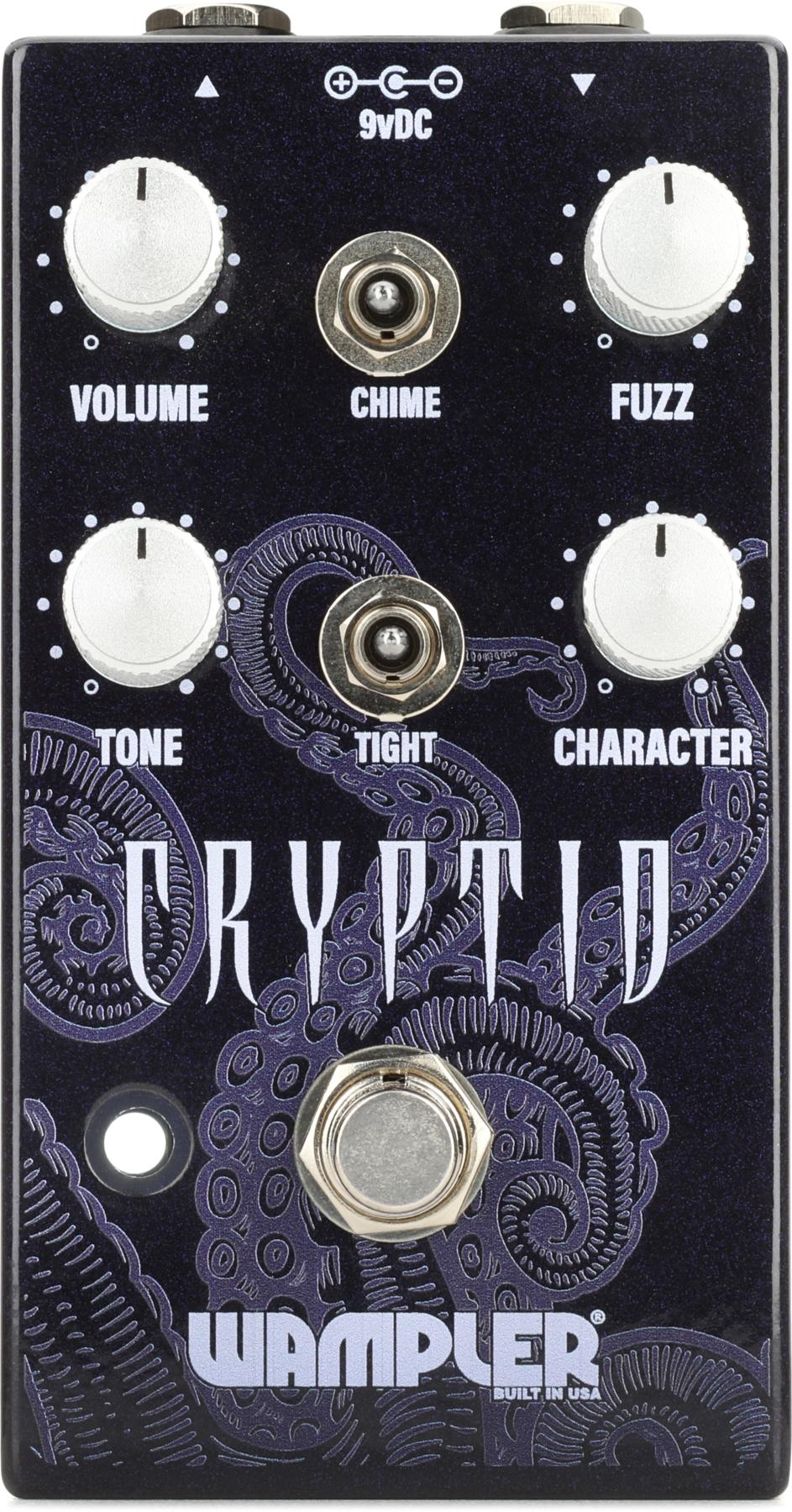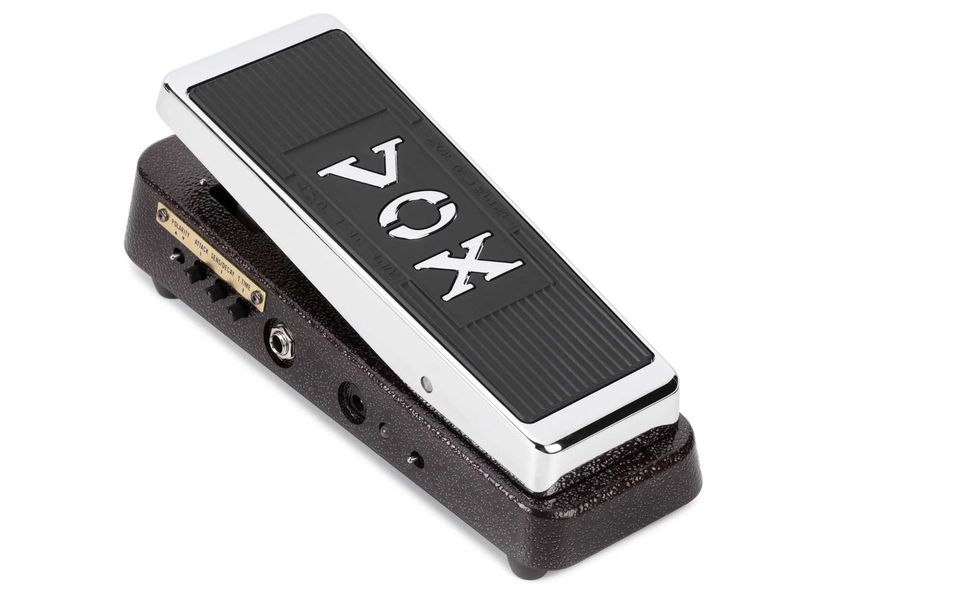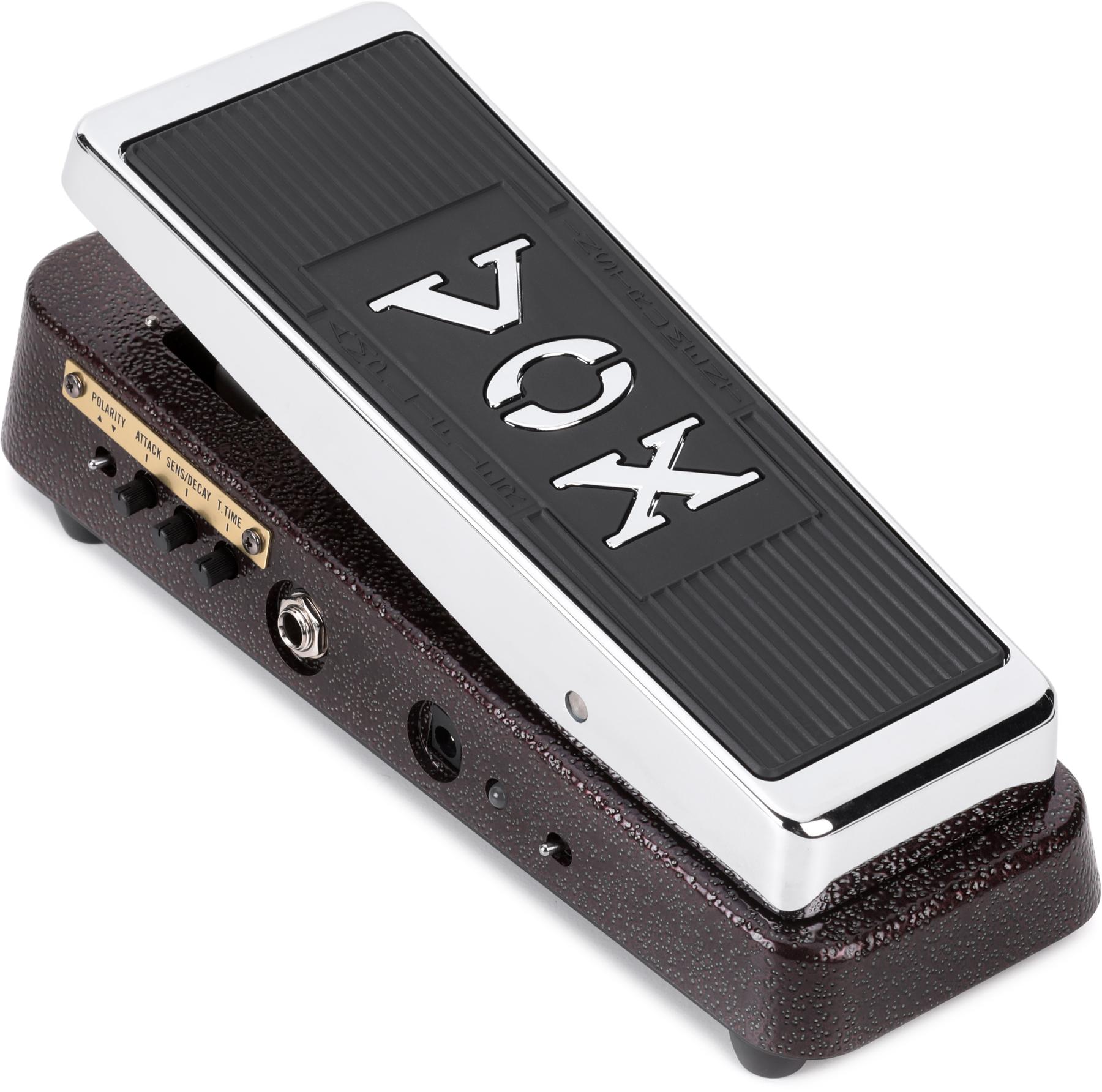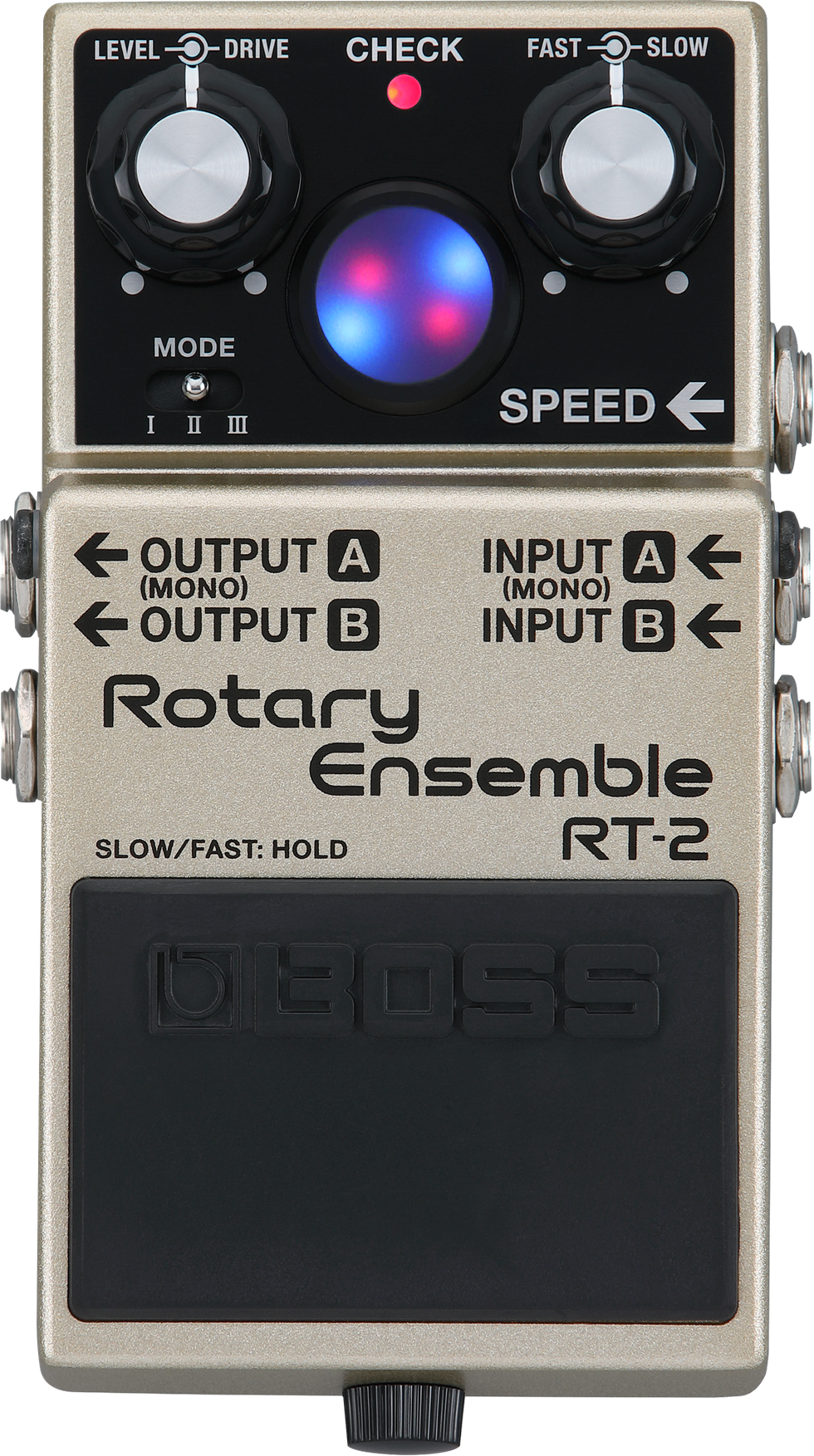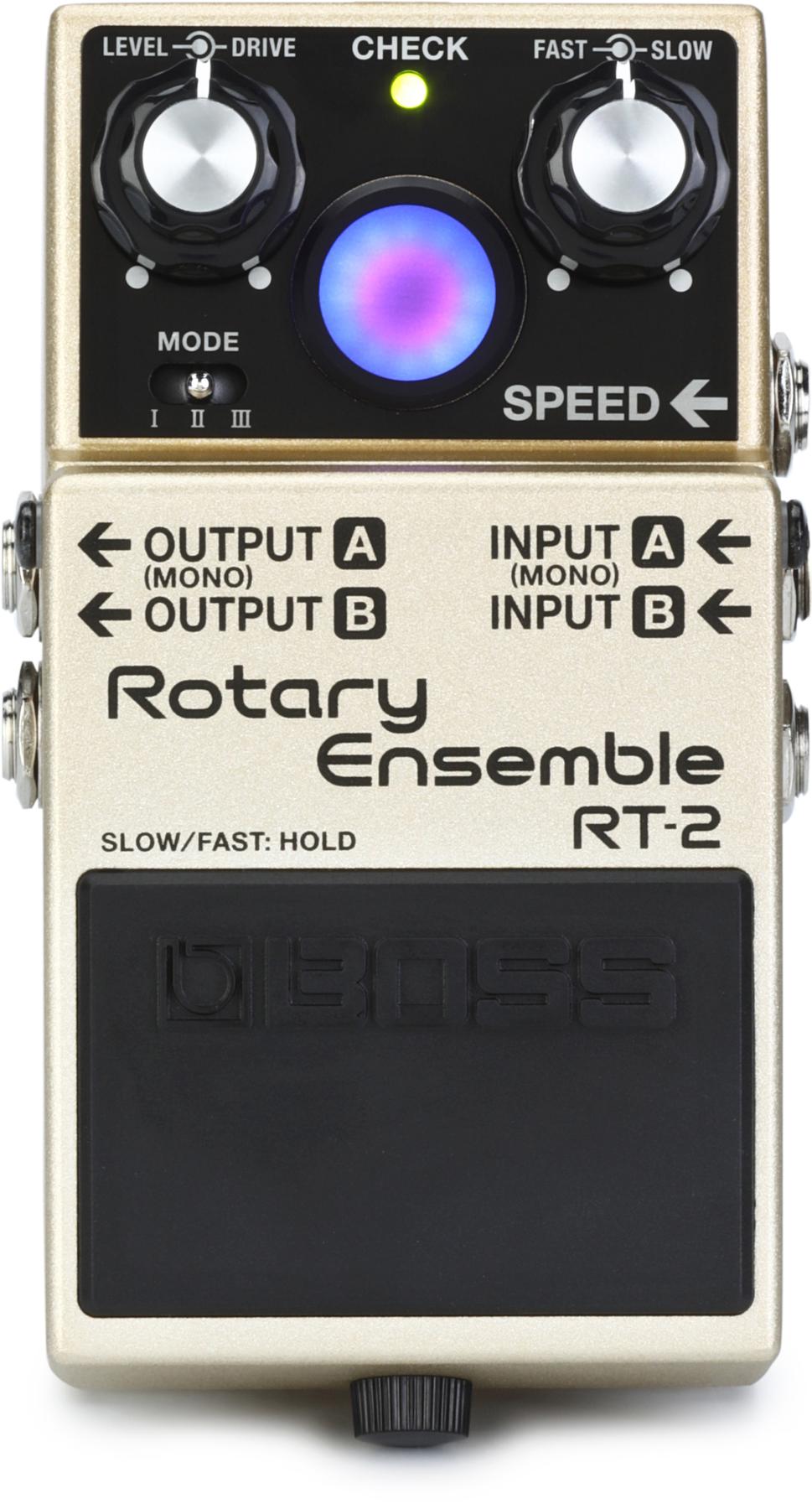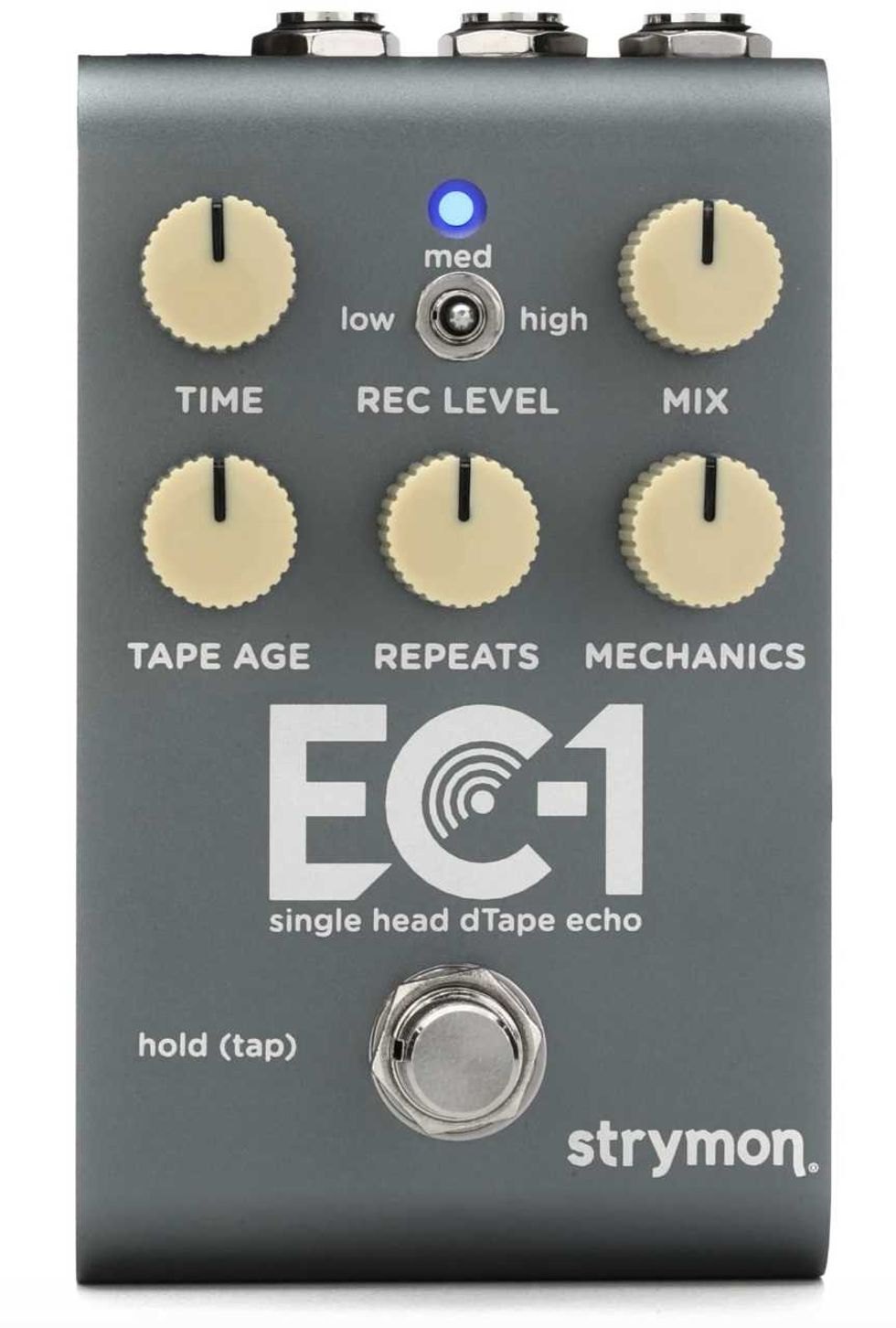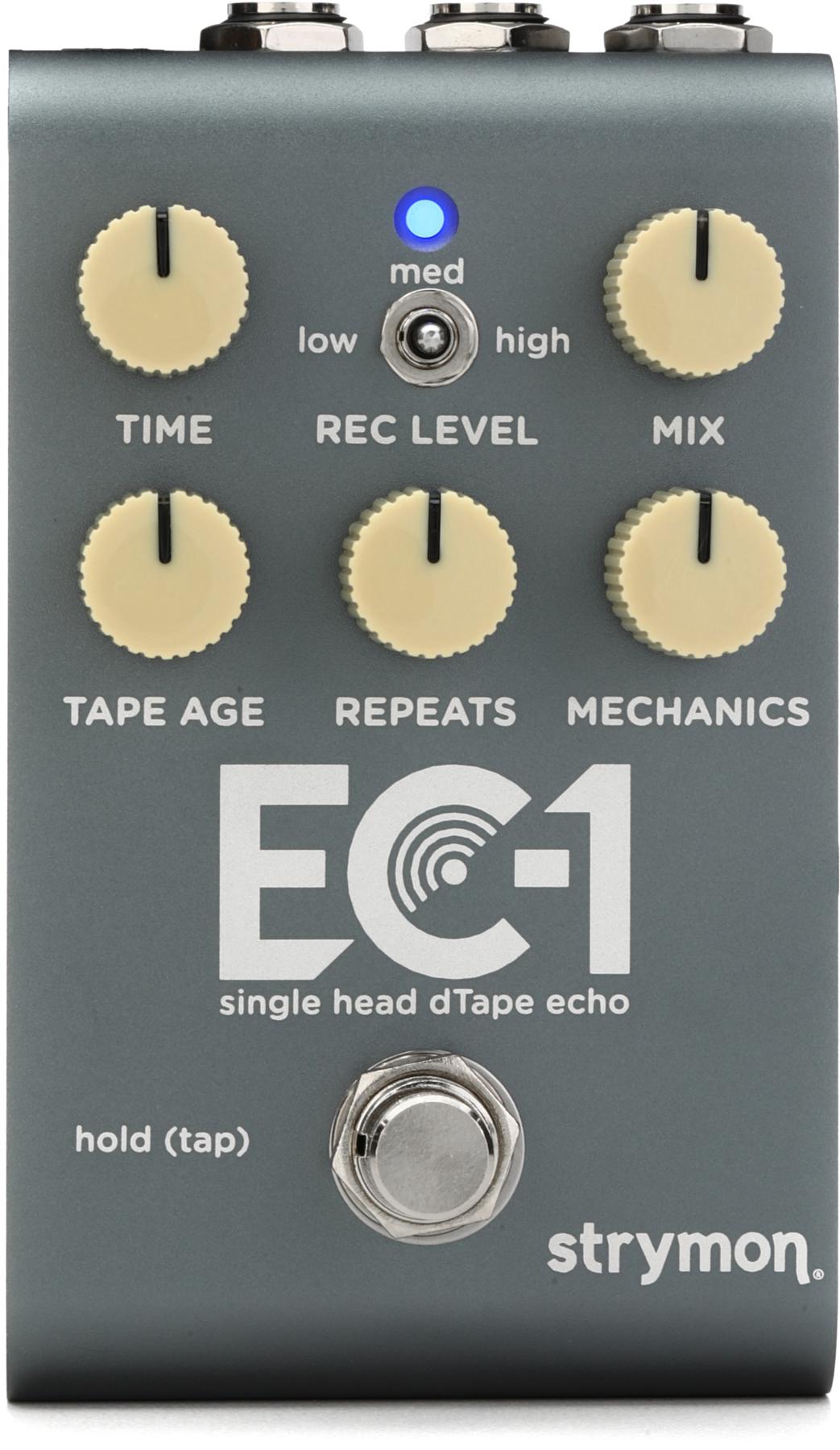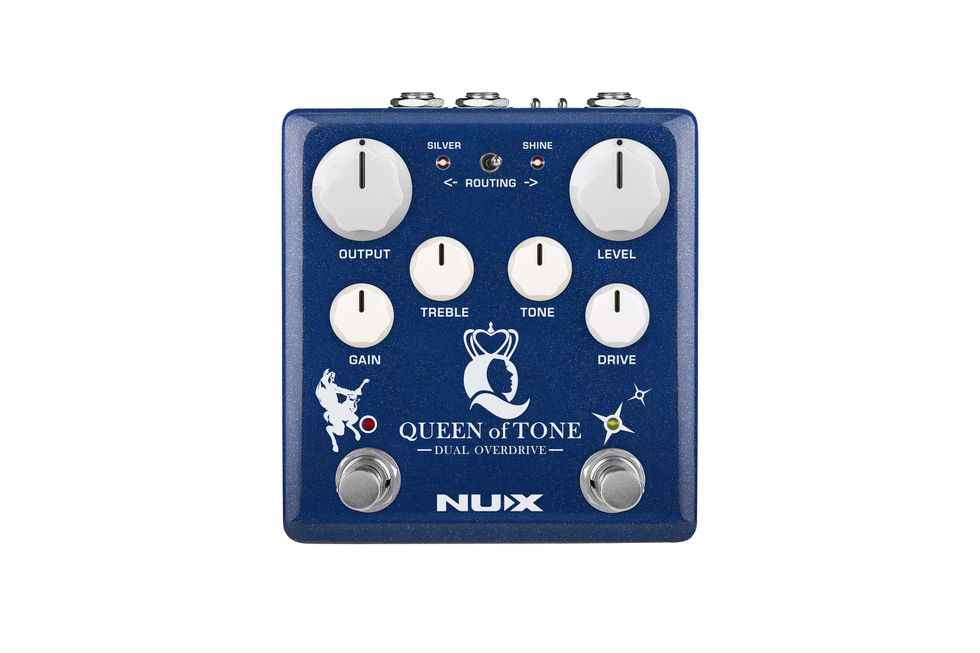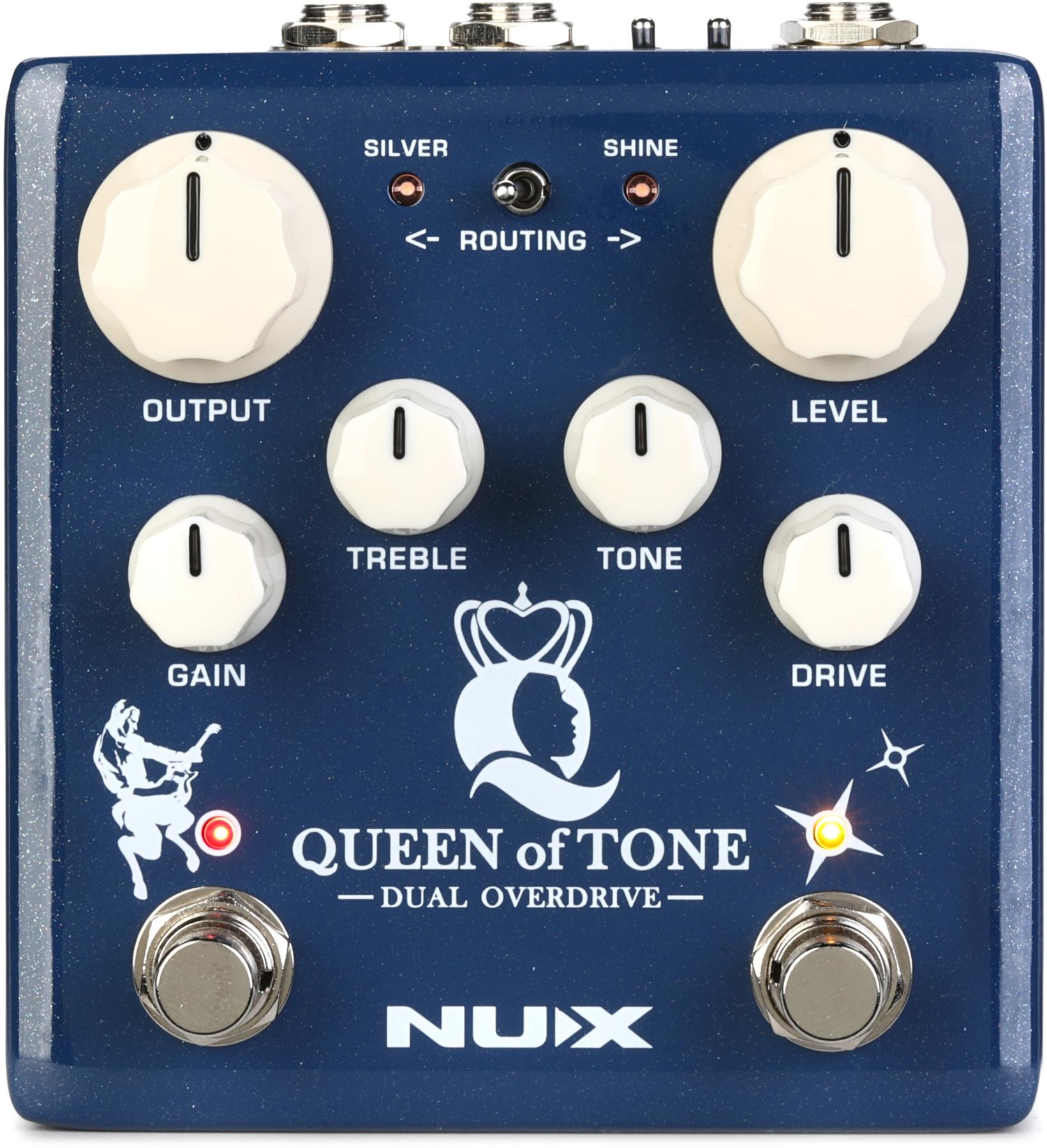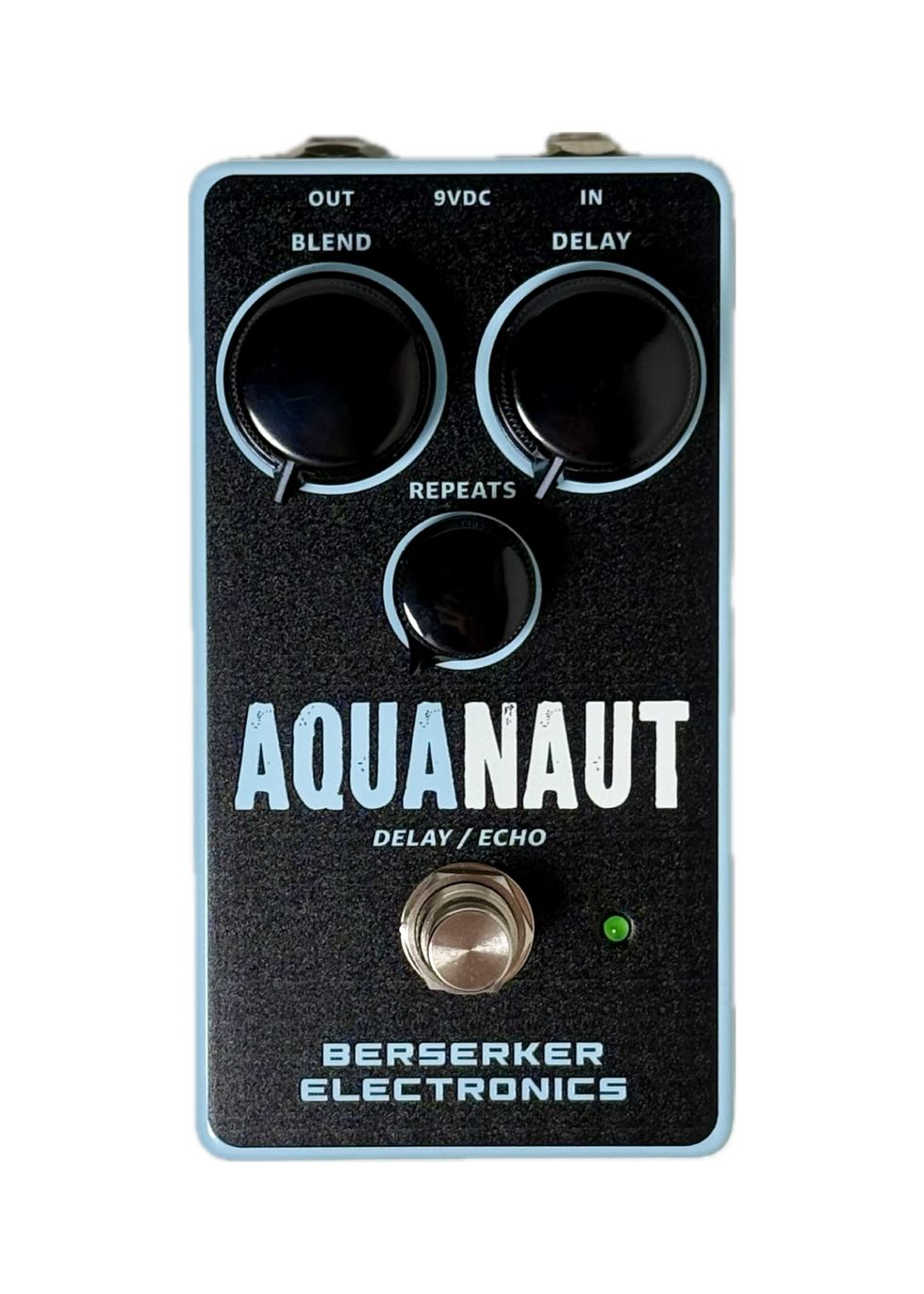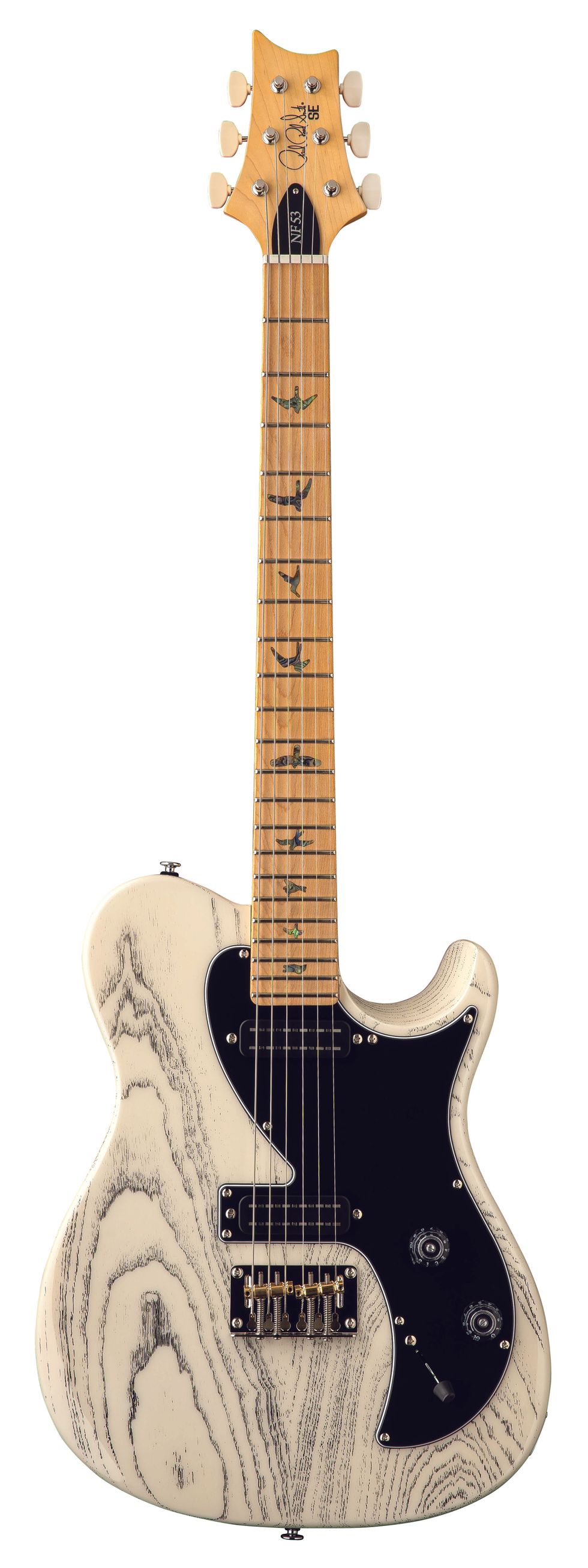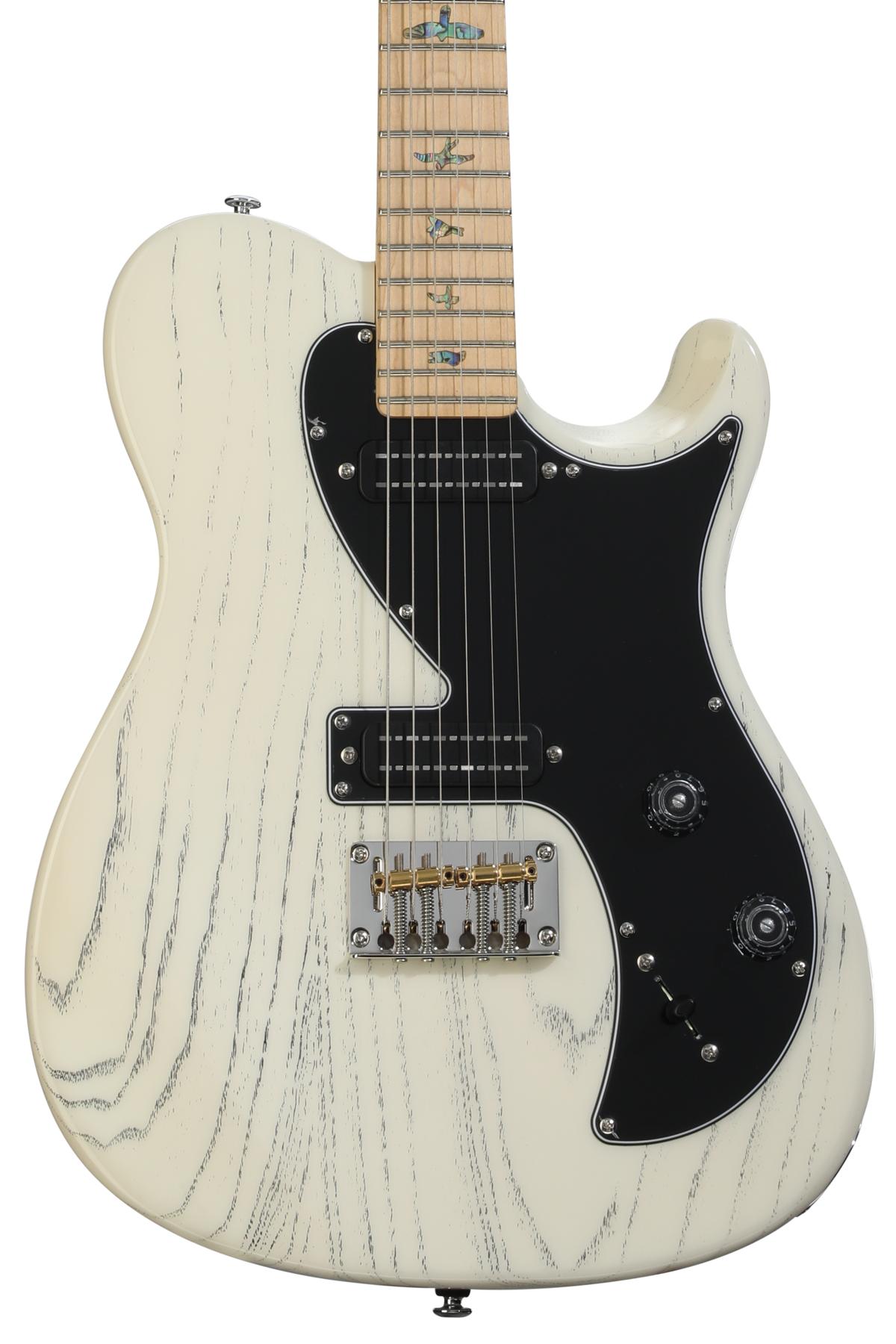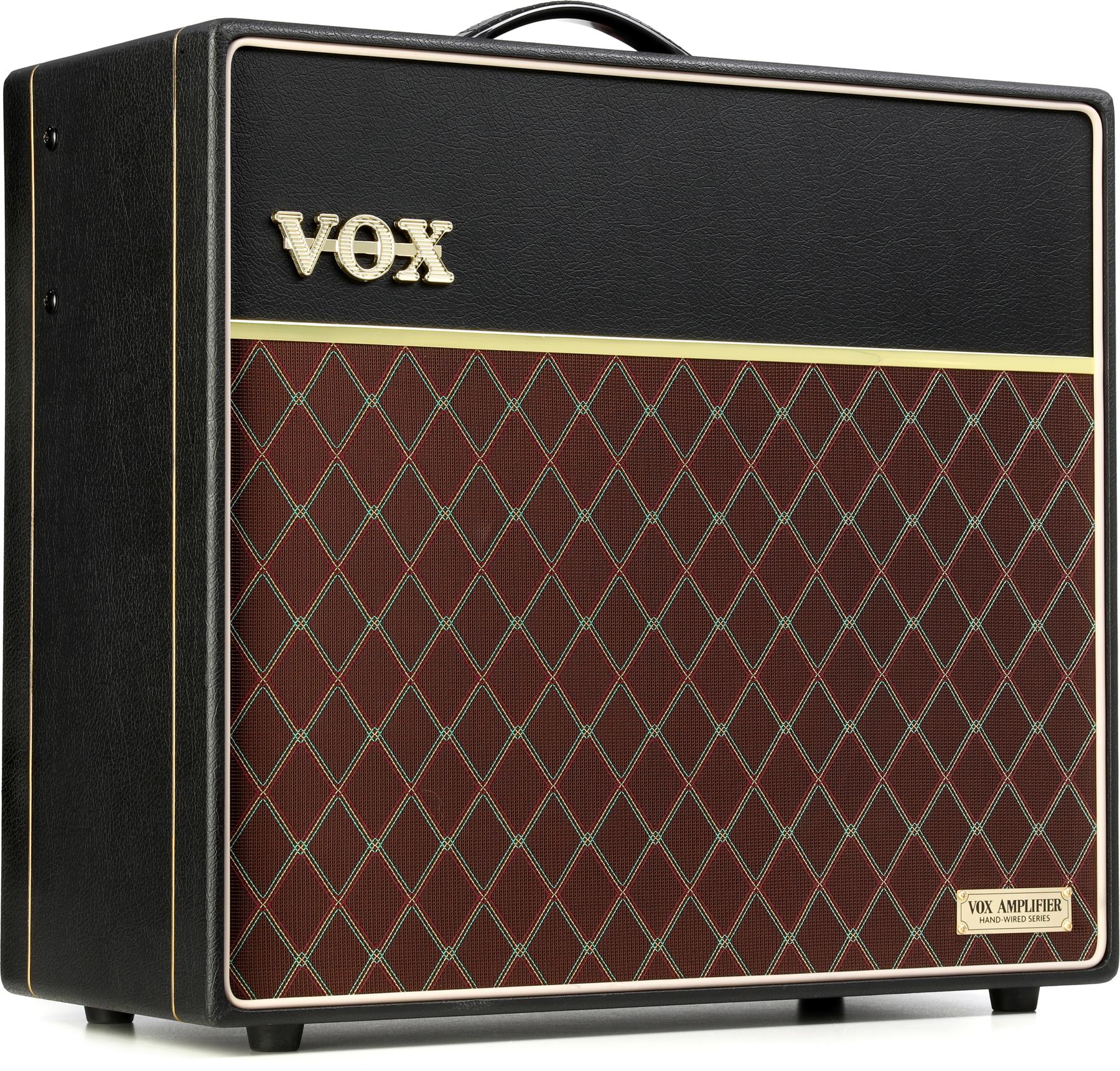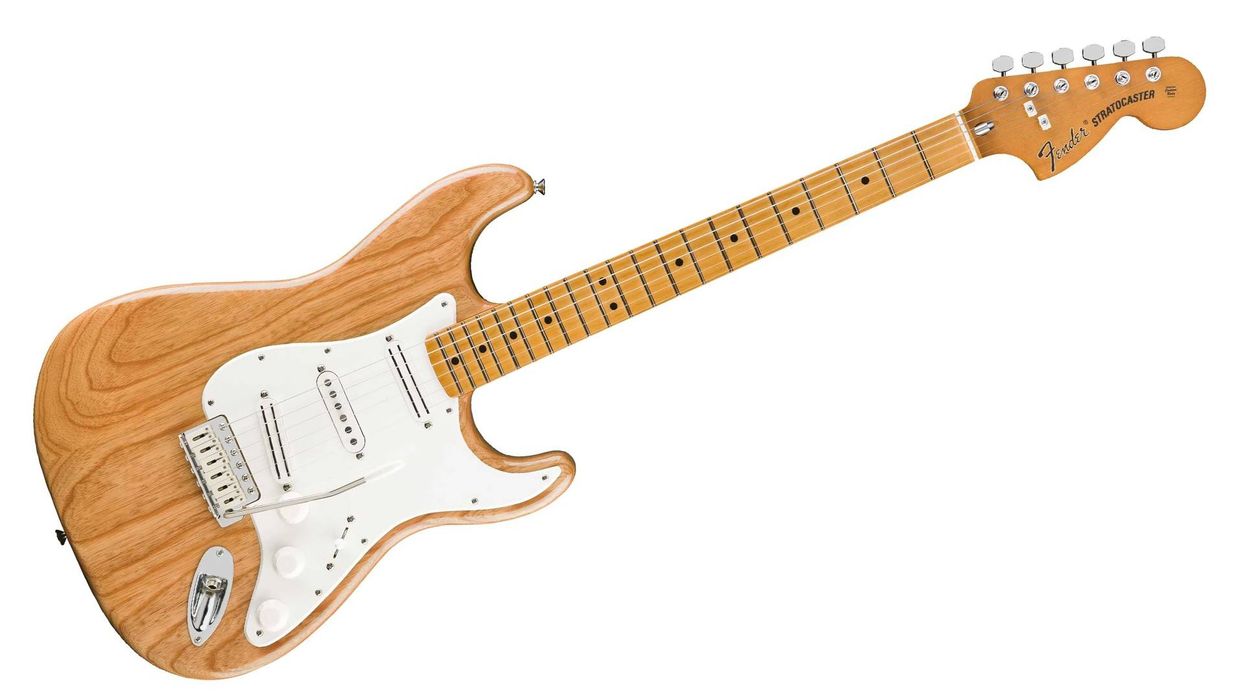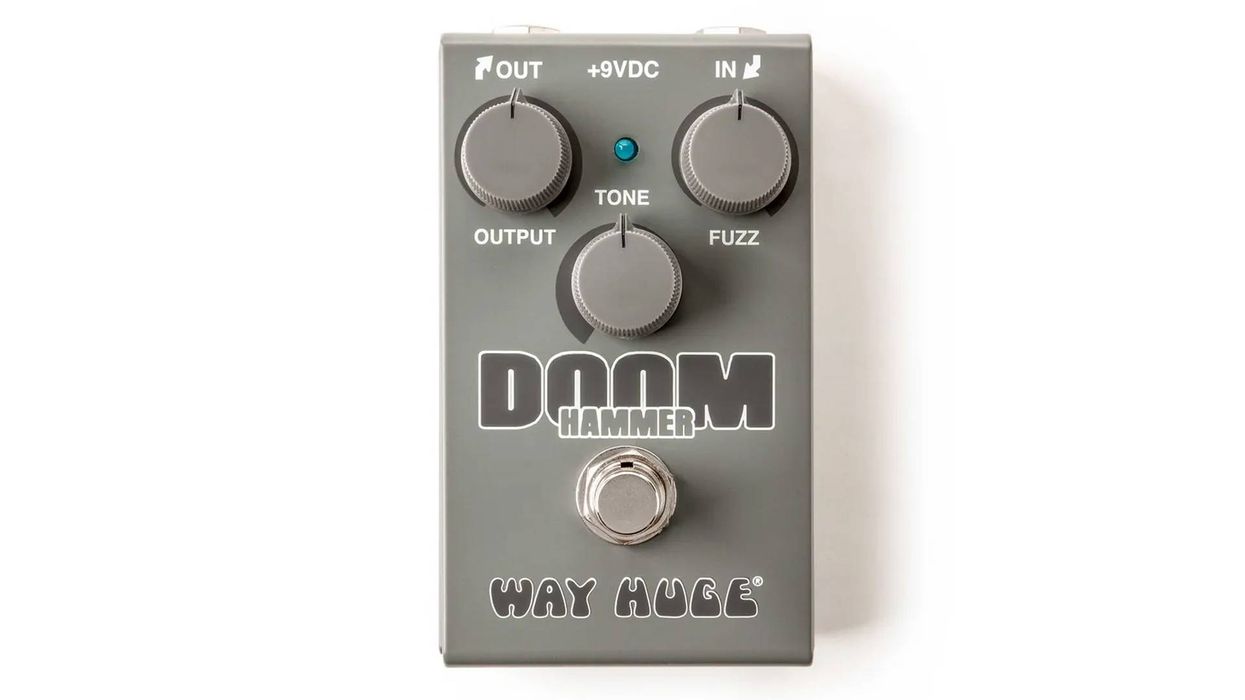Neural DSP built its reputation on producing high-quality plug-ins. But packing great sounds into an all-in-one floor unit is a very different design challenge than creating a plug-in. In the form of the Quad Cortex, however, Neural succeeds at creating an intuitive interface and adding interesting features that even seasoned fans of digital setups will find intriguing.
Like a Rock
The Quad Cortex feels solid. Eleven dual-purpose foot switches and an oversized master volume control are situated around a 7-inch full-color touch display. Around back are a wealth of different I/O options including multiple XLR and 1/4" inputs, independent XLR and 1/4" outputs, headphone jack, dedicated Neural Capture output, MIDI, two effects loops, and support for 8-in/8-out USB audio. You'd be hard pressed to find more routing options on a comparable unit.
Clip 1 goes through various presets that are shipped in the unit.
Clip 2 is a Wampler Hot Wired overdrive feeding a Fender-style amp emulation. The second half of the clip is a Neural Capture of the Hot Wired.
The foot switches not only feel sturdy, but double as rotary knobs that adjust various parameters depending on the function you have selected. For those hesitant to go digital because they miss manual level adjustments, this might be a game changer.
On the Grid
Whether you pull up a preset or start from scratch, the Quad Cortex displays a grid that illustrates almost any signal flow you can imagine. I started simple and loaded up a Fender-style amp impulse response from a Bassman 4x10 with Jensens, and a Myth Drive (Neural's Klon emulation). I monitored through a set of headphones and a powered Electro-Voice EKX 12-" speaker. The warmth and presence in the amp models is easy to hear, and the midrange and low end have a particularly authentic feel. Just to confirm what my ears were hearing, I tried similar patches on an HX Stomp and Kemper Stage. The Quad Cortex easily held its own.
Within about 20 minutes I had a fully functioning stereo setup that sounded great and was easy to tweak.
My next rig was more complicated: Two amps, effects in pre- and post-amp positions, plus an expression pedal. Using Vox-and Hiwatt-style emulations together allowed me to test the unit's wide-ranging "gig" functionality. Here you can use one of three different modes: scenes, presets, or stomps. These functions allow you to assign effects blocks to foot switches (stomp), move between different settings in a single rig (scene), or change rigs entirely (preset). Depending on how you set them up, these three modes offer nearly limitless options. I was able to move between amps, high- and low-dwell reverb settings, and a wacky Whammy-style effect that I operated via an expression pedal (not included). The programming wasn't without a bit of trial and error, but within about 20 minutes I had a fully functioning stereo setup that sounded great and was easy to tweak. With units like these I find that ease of use is nearly as important as sound quality. The Neural excels on this count.
With over 70 effects, Quad Cortex hits all the bases. There are faithful emulations of classic overdrives, compressors, filters, and pitch shifters alongside Neural's proprietary effects. I hope for more modulation effects in future updates, though. Having just one type of chorus, flanger, and phaser underutilizes the Neural's impressive power.
The Neural Cloud system definitely merits mention. It's the most streamlined method for sharing and discovering presets I've encountered. Once you connect your Quad Cortex to wi-fi and download the free mobile app, you can access thousands of user- and artist-sourced presets, captures, and IRs. In minutes I had the exact setup that Rabea Massaad used with Stormzy. Wild! It's a great way to reverse-engineer your own presets, too.

Capture It!
Neural Capture enables you to create a snapshot of an amp or pedal at a specific setting. The function works for amps, cabs, and overdrive pedals. (At press time, Neural mentions that higher-gain drives like fuzz pedals aren't compatible). I hooked up a Wampler Brent Mason Hot Wired following the instructions in the handy on-screen guide. (When capturing a pedal, you don't need to hook it up through an amp and speaker.) The Quad Cortex went through its process and out popped a fresh capture. Neural includes a handy preset template that allows you to A/B the capture and the original pedal. After a few tweaks I was able to mimic the sound without much discernible difference in tone.
Capturing an amp means capturing the properties of the entire signal chain including the speaker and mic. I set up my Revv D20 with an Avatar 1x12 cab and miked it up with a Shure SM57. The capture process is similar to a pedal, except there are more audible artifacts from the analog chain. After a few stops and starts I ended up with a fairly accurate capture of the amp. To my ears, the pedal capture was a bit more accurate. However, you can visit the online version of this review to hear the results for yourself.
The Verdict
The Quad Cortex is an immensely powerful unit. The complete array of features, tones, and expandability via Neural Capture make it a worthy peer to similar units. The grid system is a great way to organize complex routing options. It isn't perfect, and you'll want to consult the manual to optimize the deep functionality. But if you're interested in a more open digital ecosystem and recreating rigs that would occupy a whole rehearsal room in the analog world, the Quad Cortex is a truly impressive way to achieve those aims.




